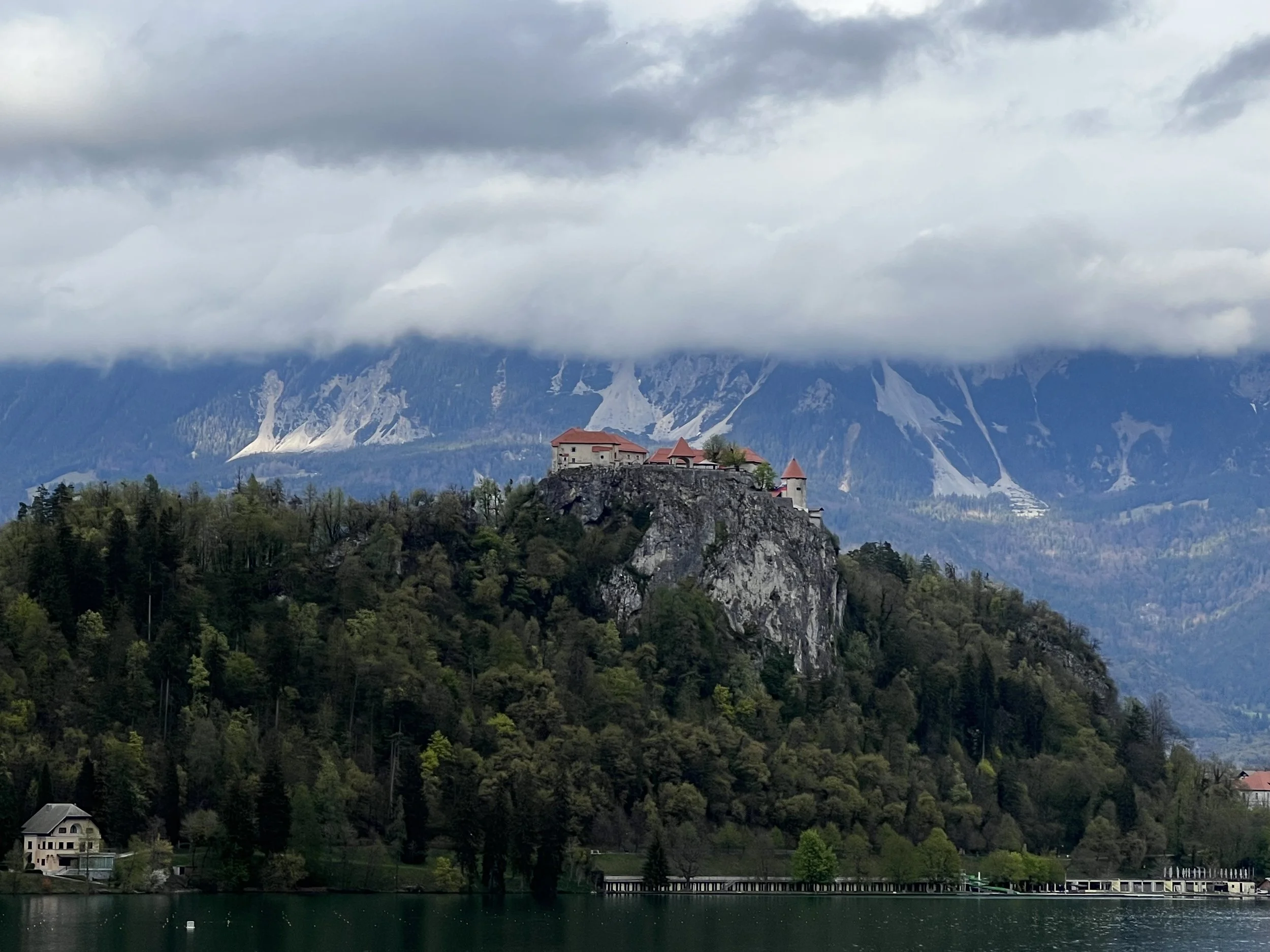Slovenia & Croatia
Lake Bled
Lake Bled, the golden jewel of the former socialist Yugoslavia, is also the home of former presidential residence of Tito. Lake Bled was equivalent to the Washington D.C. in modern days terms, hosting dignitaries from countries such as North Korea.
Eastern Europe has been one of the most beautiful places I’ve had the privilege of visiting. The former Yugoslavia countries is comprised of Slovenia, Croatia, Bosnia & Herzegovina, Macedonia, Montenegro, and Serbia. From this trip, I’ve learned to appreciate the incredible history of the region, beautiful landscape, enjoy delicious rose wine, and listen to cool jazzy tunes. It’s a region that continues to be on the top of my list to revisit!
Fun fact: since the dissolution of Socialist Federal Republic of Yugoslavia, the newly created countries gained independence and was formerly recognized in the 1990s. This means each country is approximately 35 years old as of this blog post!
Itinerary
Day 1 - Land in Ljubljana, do a walking tour, enjoy dinner along the Ljubljana River.
Day 2 - Take a day trip and visit Postojna and Predjama Castle. Enjoy a jazzy evening at the Luubljana Castle.
Day 3 - Take a day trip to Lake Bled and visit the Bled Castle and former presidential residence.
Day 4 - Sightsee Ljubljana Castle, Tivoli Park or National Gallery of Slovenia. Transit to Zagreb.
Day 5 - Sightsee Zagreb, do a walking tour and visit the Funicular, Lotrscak Tower, St Mark's Church, Dolac Market, and Cathedral of Zagreb. Enjoy time at museums such as the Museum of Broken Relationships.
Day 6 - Continue to sightsee Zagreb. Visit Museum of Contemporary ArtBooksa cafe or Medvedgrad brewery. Transit to Plitvice Jezera. Explore Lake Plitvice.
Day 7 - Explore Lake Plitvice.Transit to Split.
Day 8 - Explore Split. Visit Palazzo di Diocleziano and The Peristyle of Diocletian's Palace
Day 9 - Explore Split. Visit Hvar Islands.
Day 10 - Rest day.
Day 11 - Transit to NYC.
Yugoslavia History
Socialist Yugoslavia was formed in 1946 after Josip Broz Tito and his communist-led Partisans had helped liberate the country from German rule in 1944–45. This second Yugoslavia covered much the same territory as its predecessor, with the addition of land acquired from Italy in Istria and Dalmatia. The kingdom was replaced by a federation of six nominally equal republics: Croatia, Montenegro, Serbia, Slovenia, Bosnia and Herzegovina, and Macedonia.
- Britannica
Ljubljana
The capital and the largest city of Slovenia. The city’s symbol is the Ljubljana Dragon, which represents power, courage and greatness.
The Ljubljana Castle Jazz Club
Postojna Cave & Predjama Castle
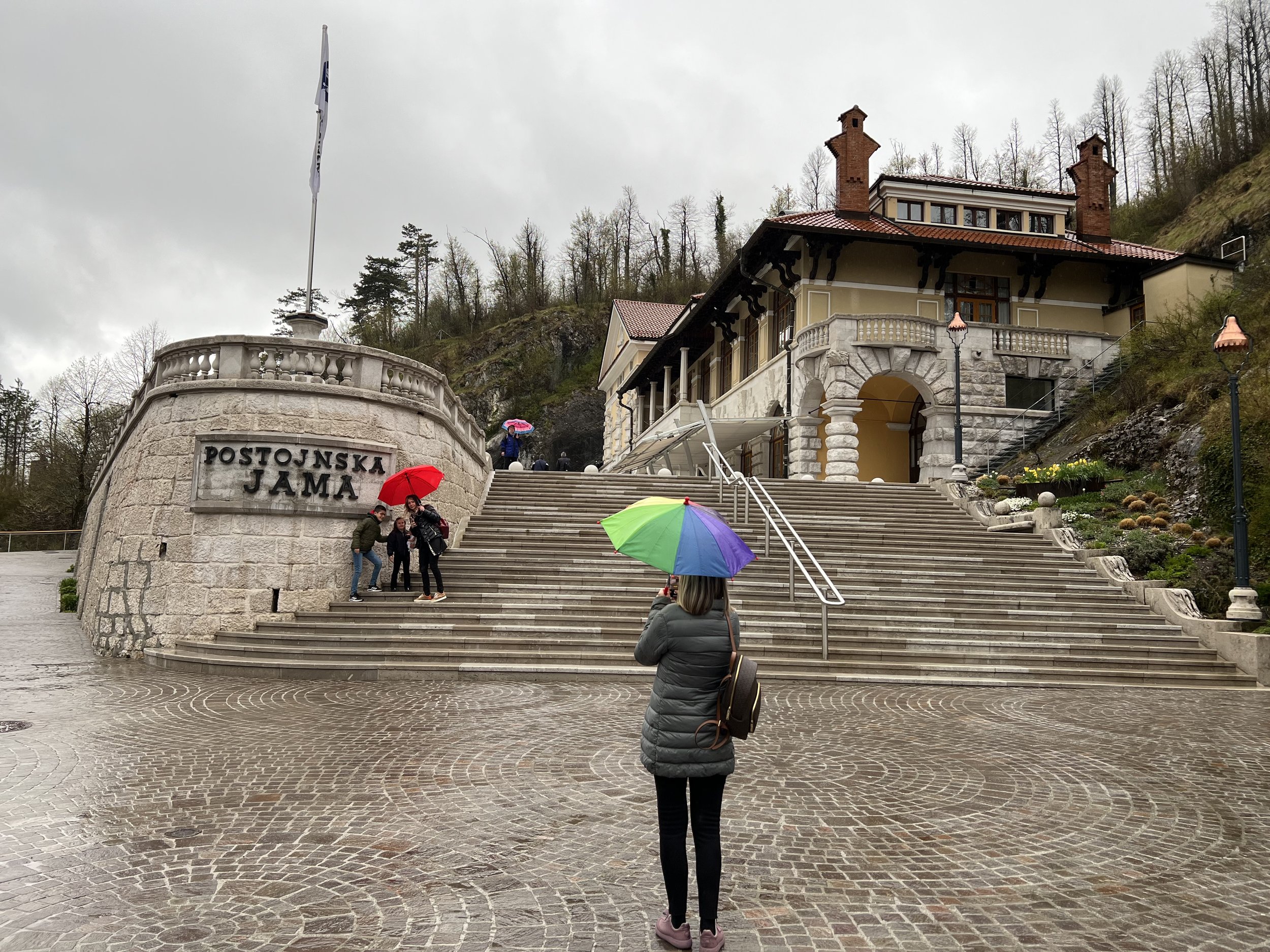
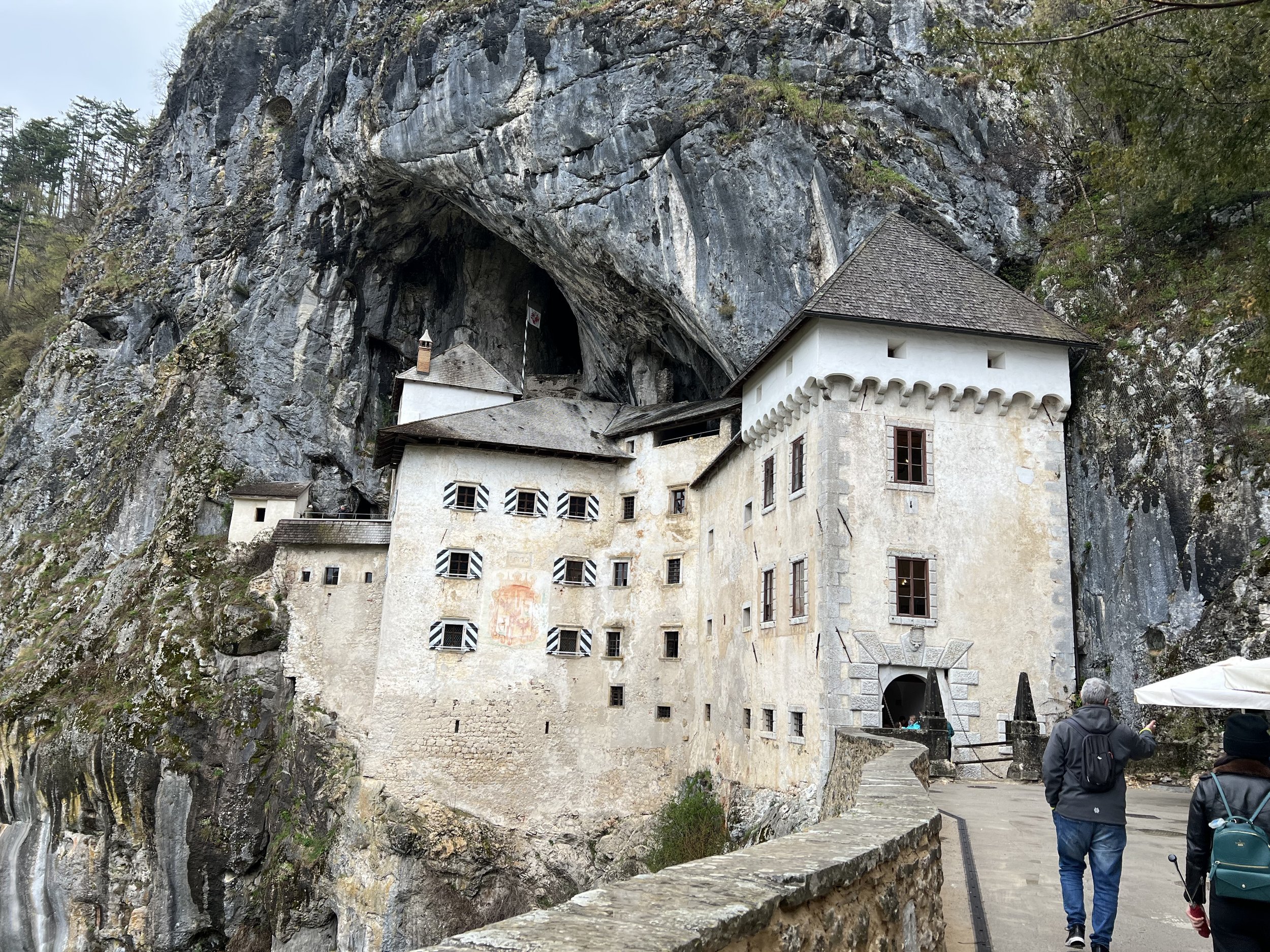
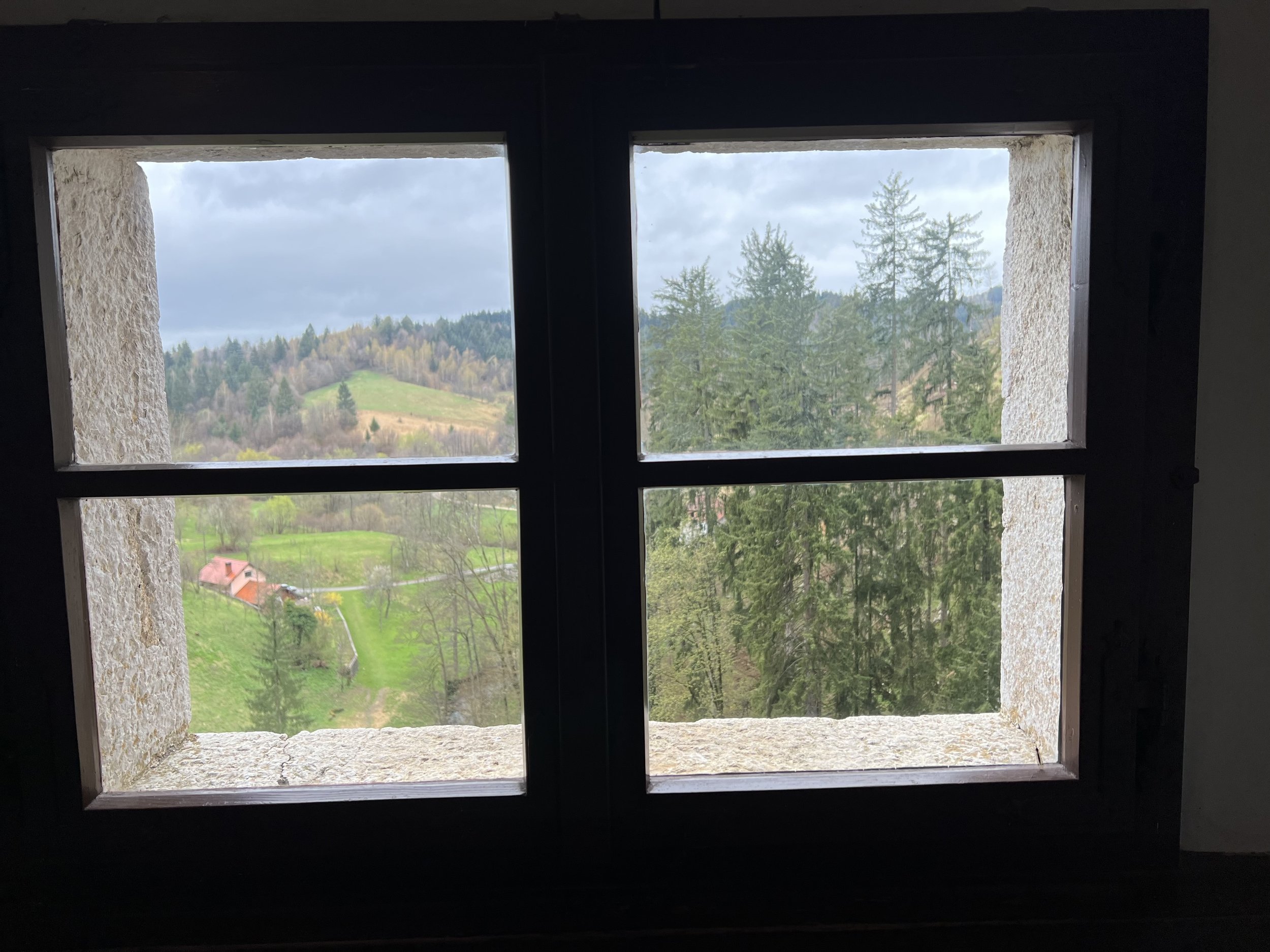
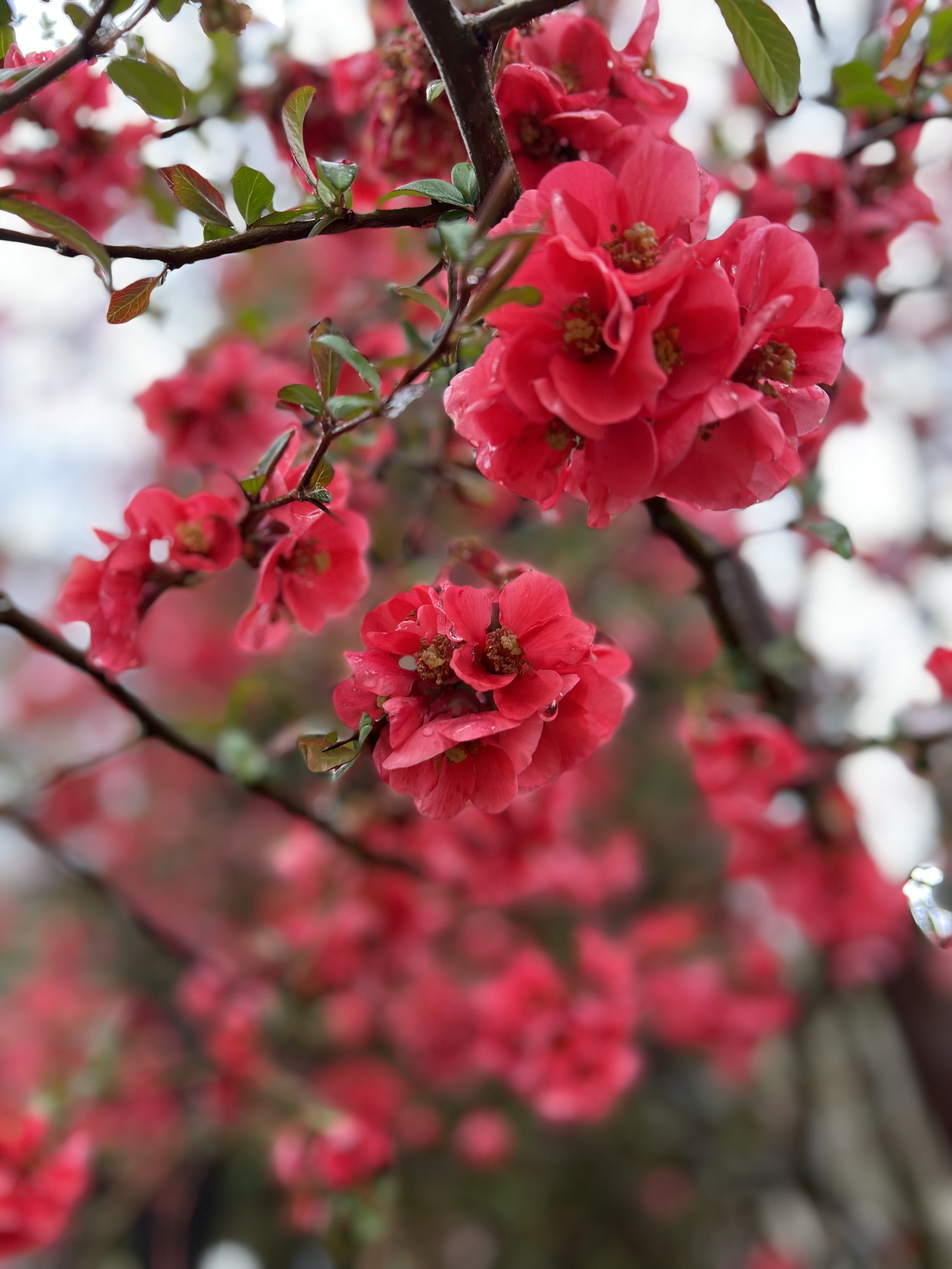

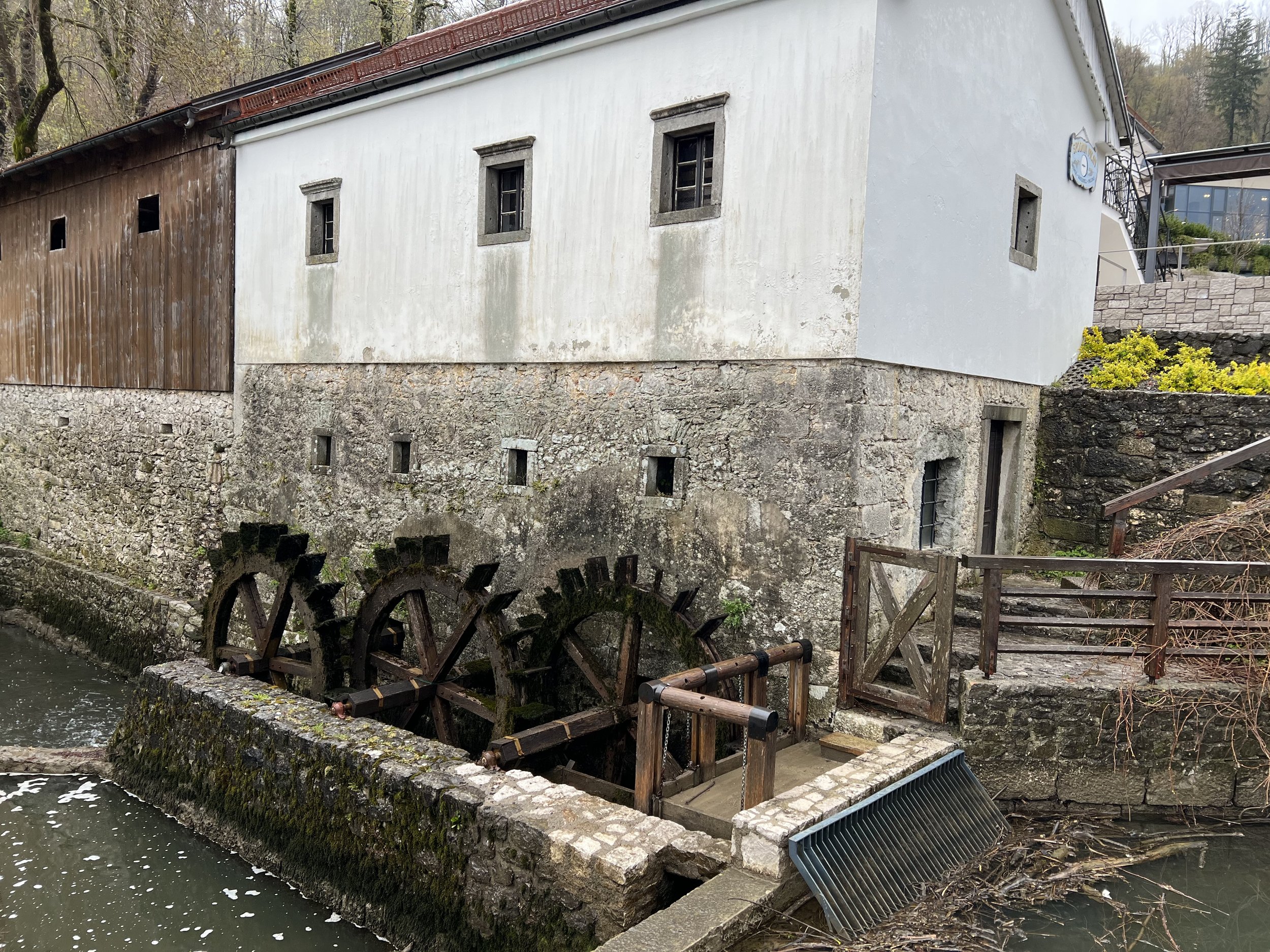
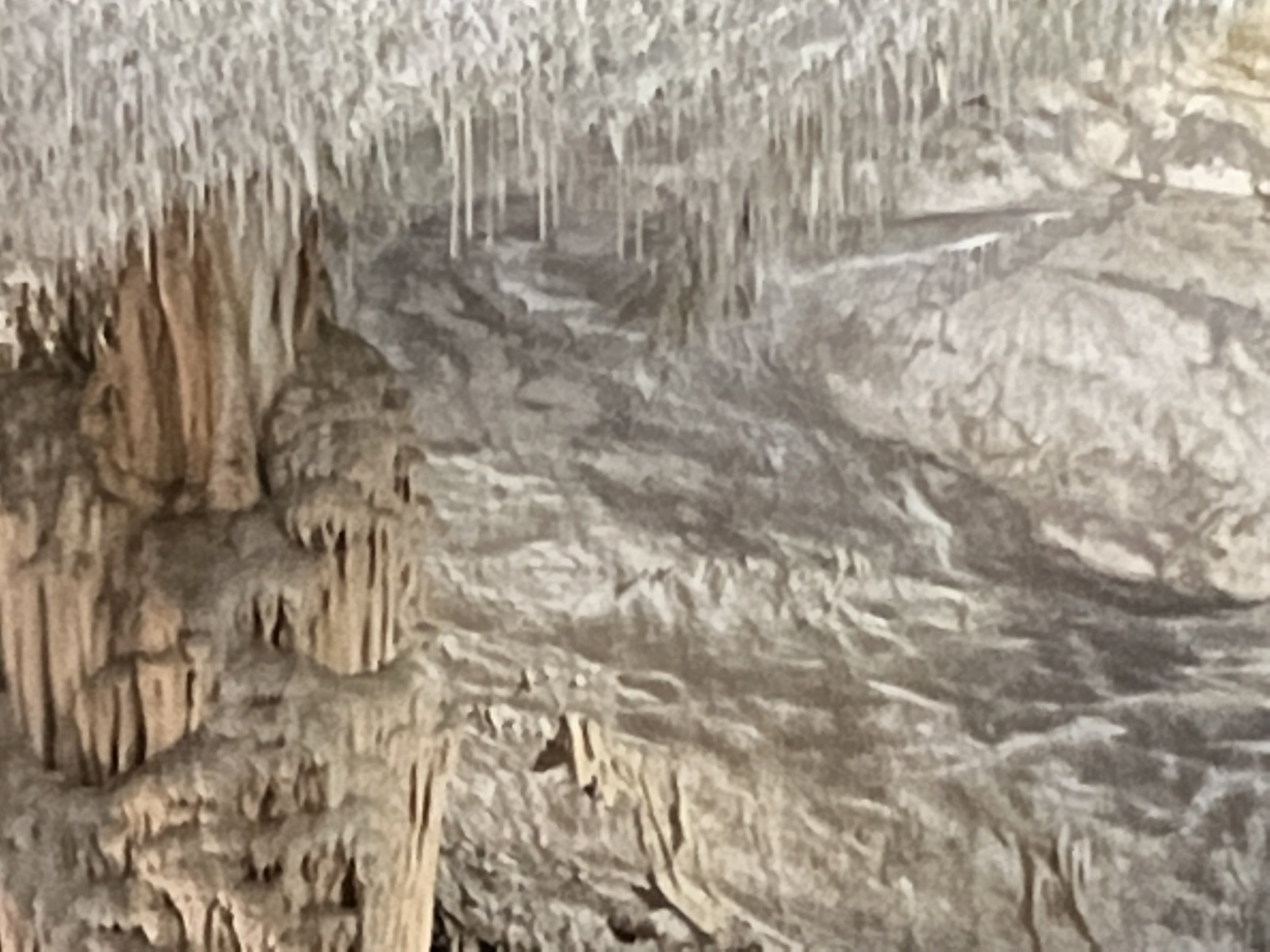
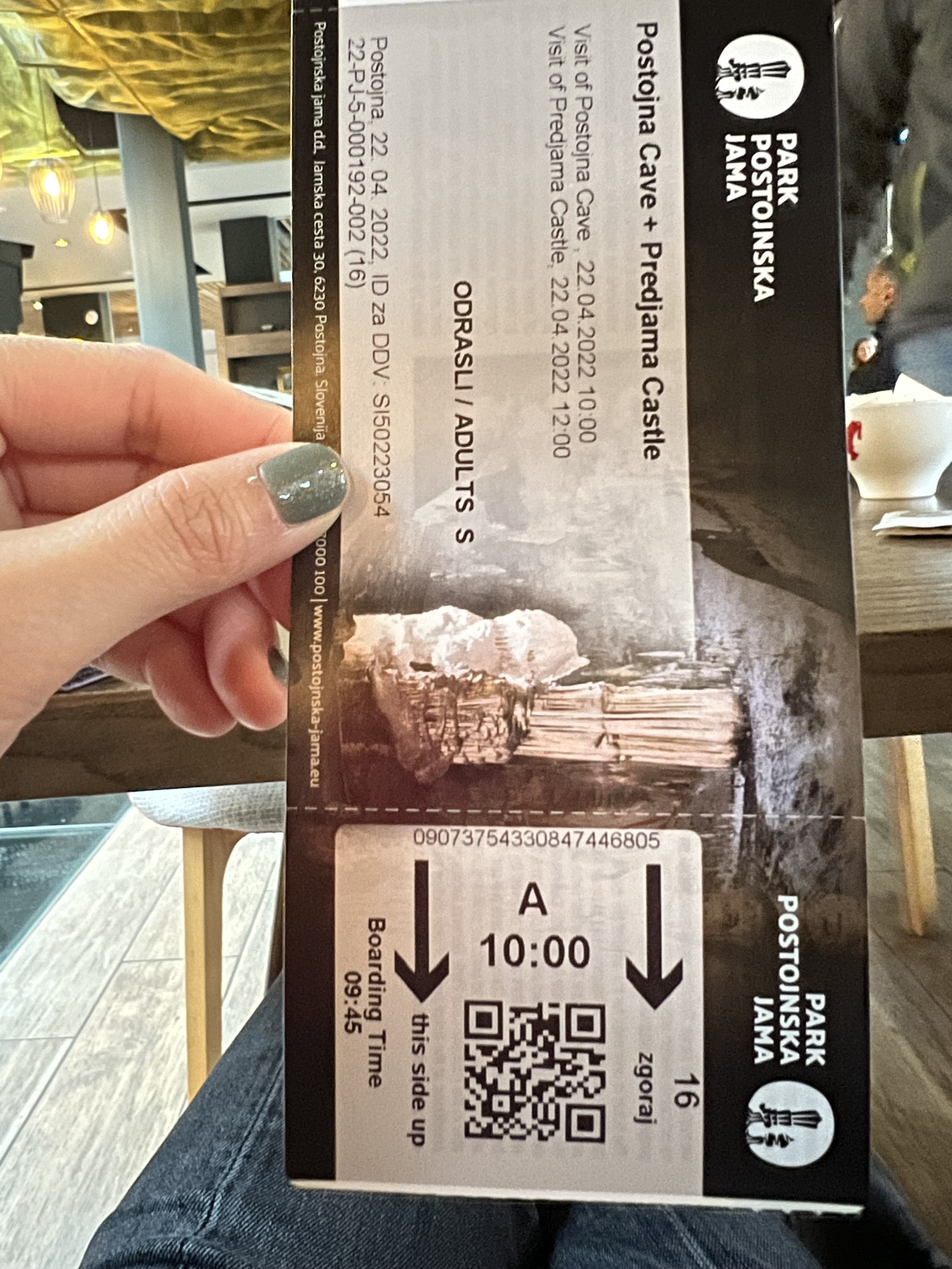
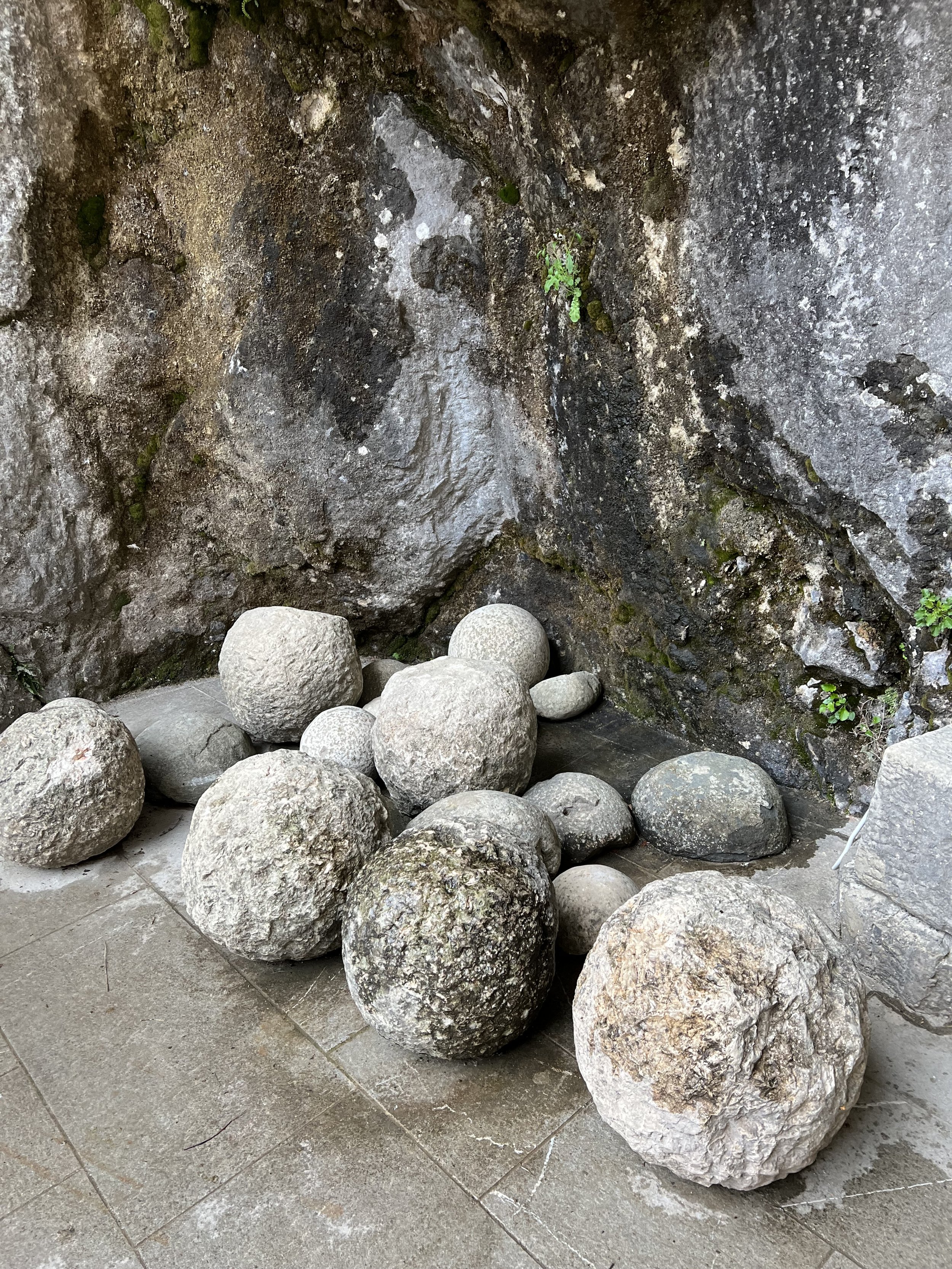
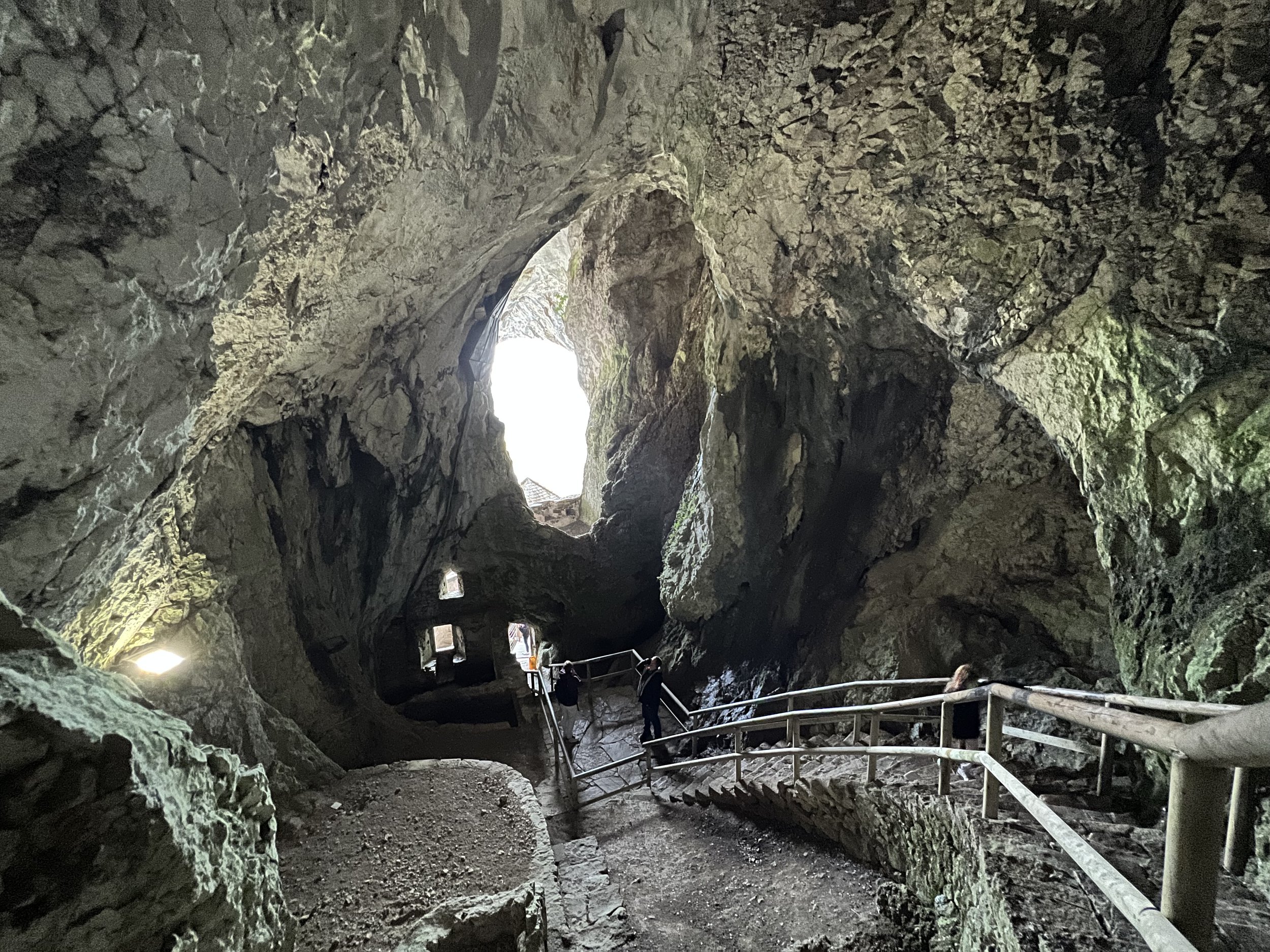
Postojna Cave is the second longest cave system in Slovenia. Recommend taking a tour and enjoy the ride!
Predjama Castle is a Renaissance castle built within a cave mouth, first mentioned records in the 1200s. Visiting the castle makes me appreciative that I was born in the 20th century…
Lake Bled
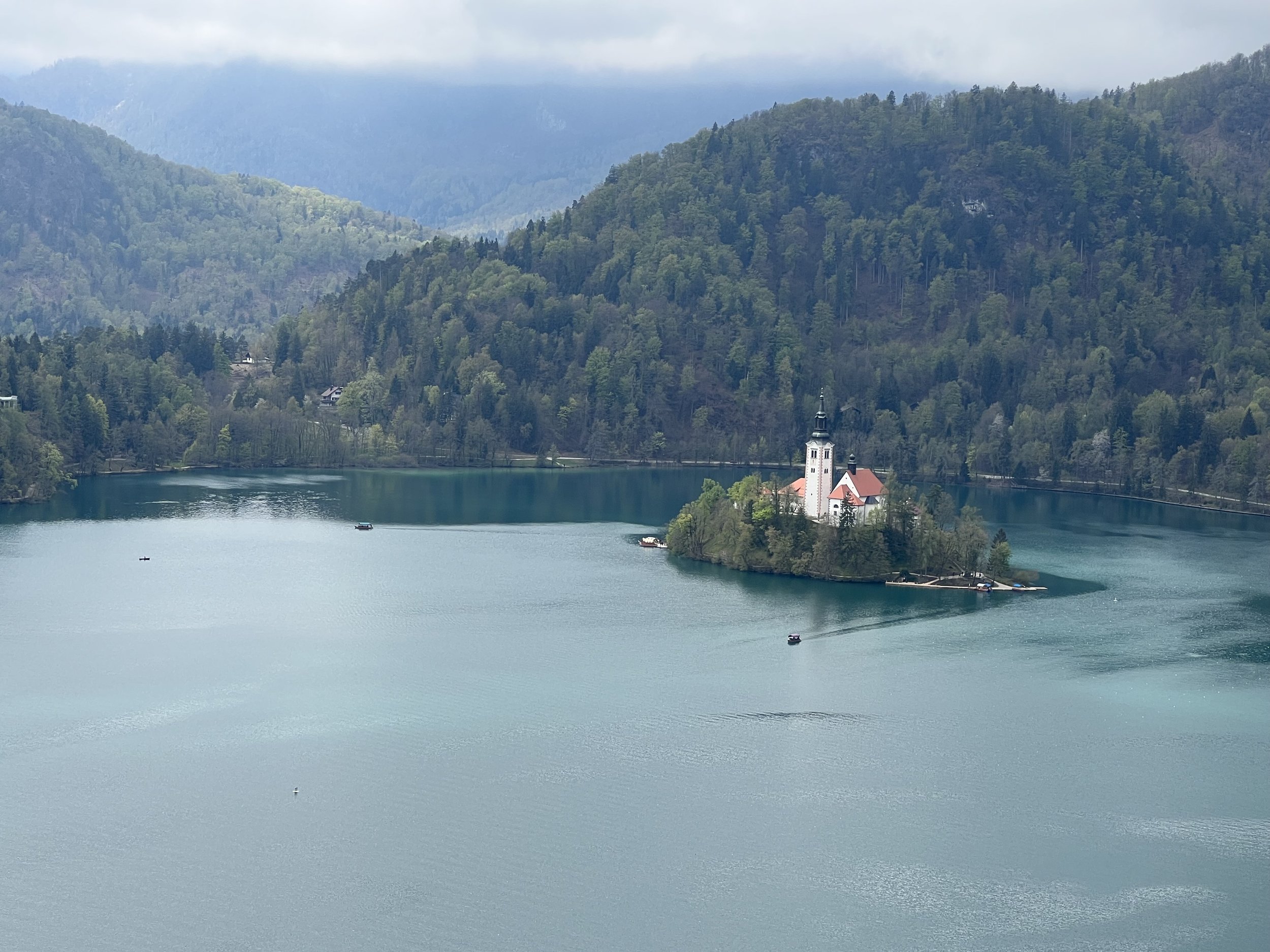
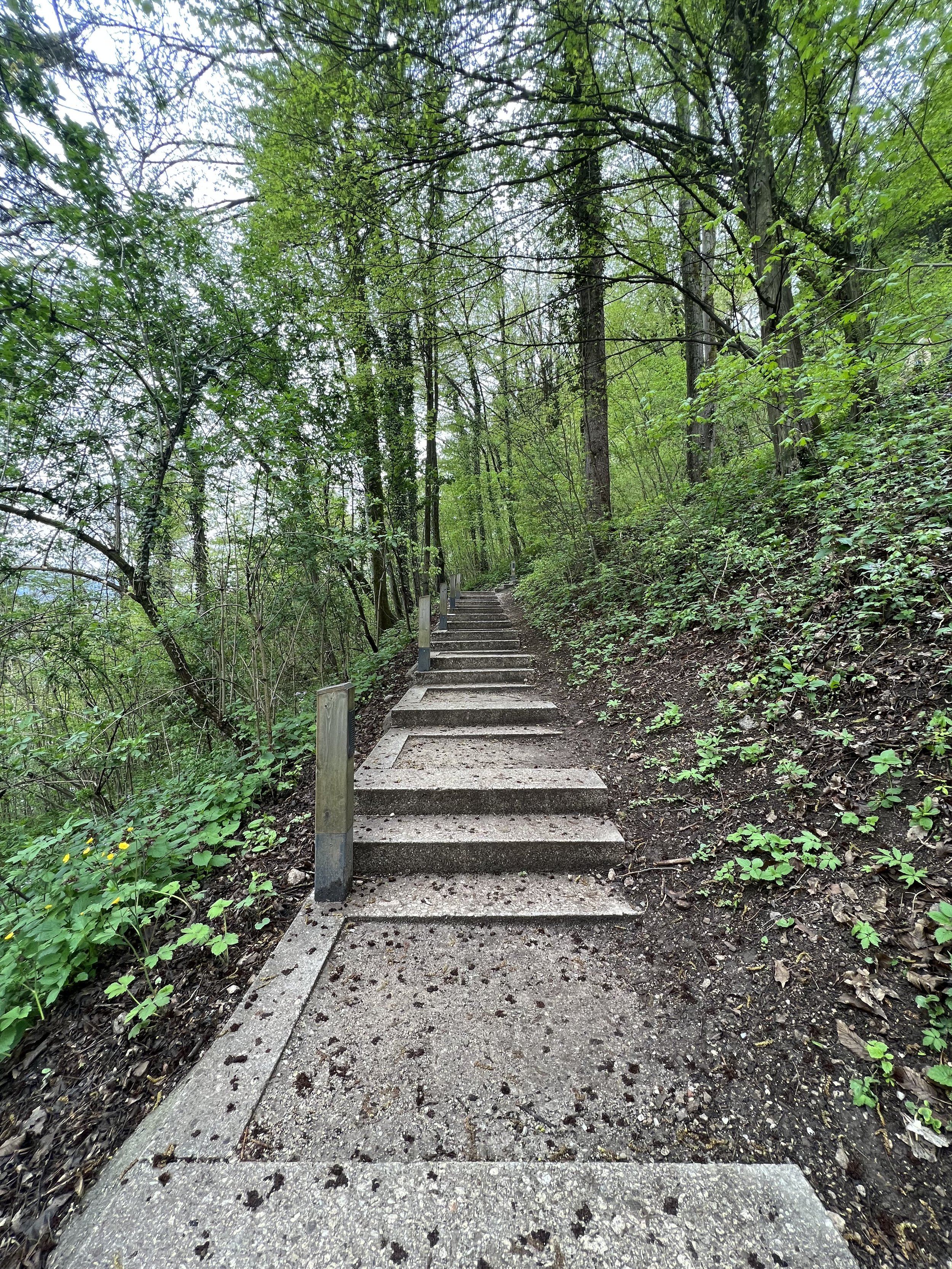
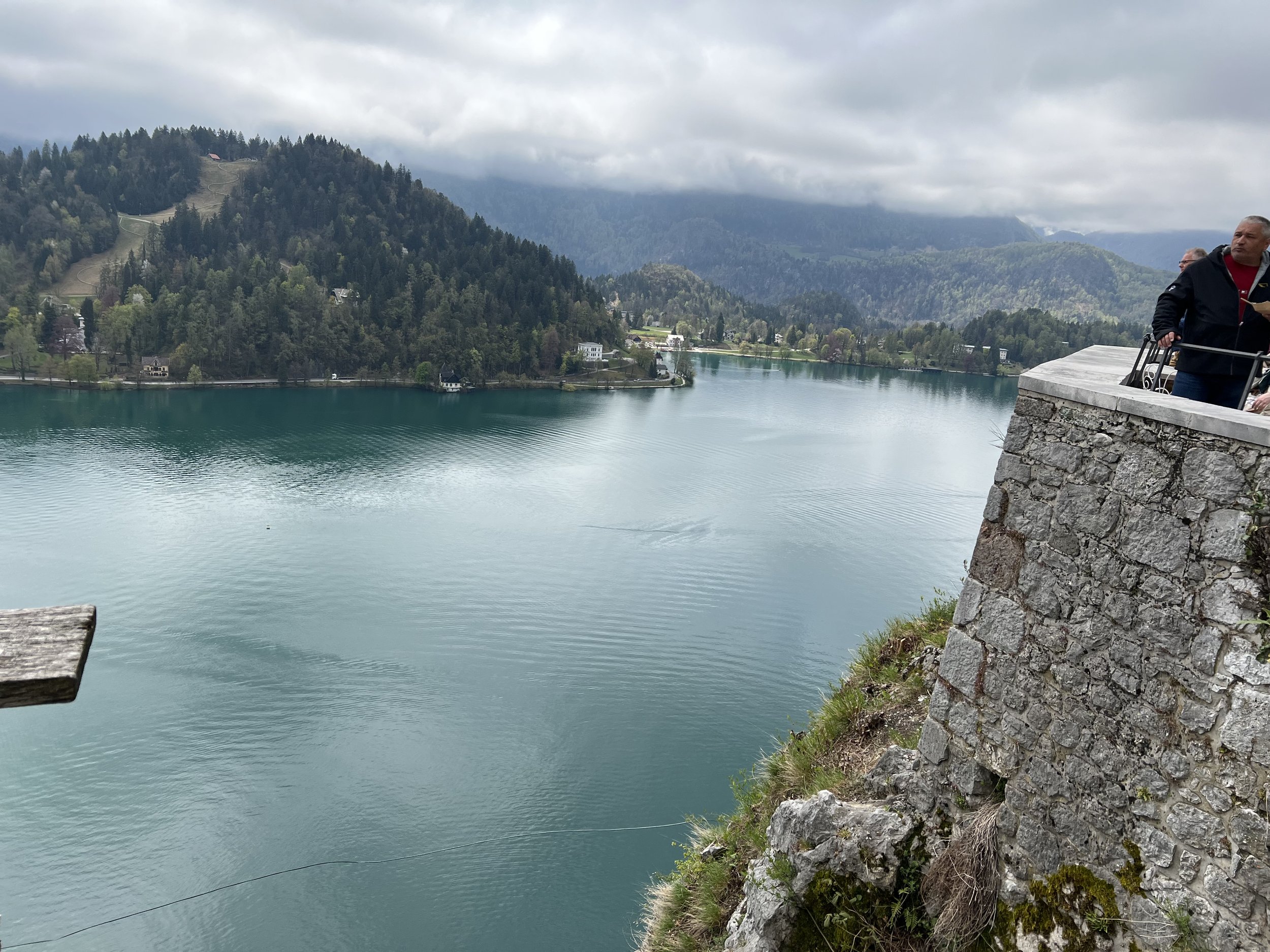
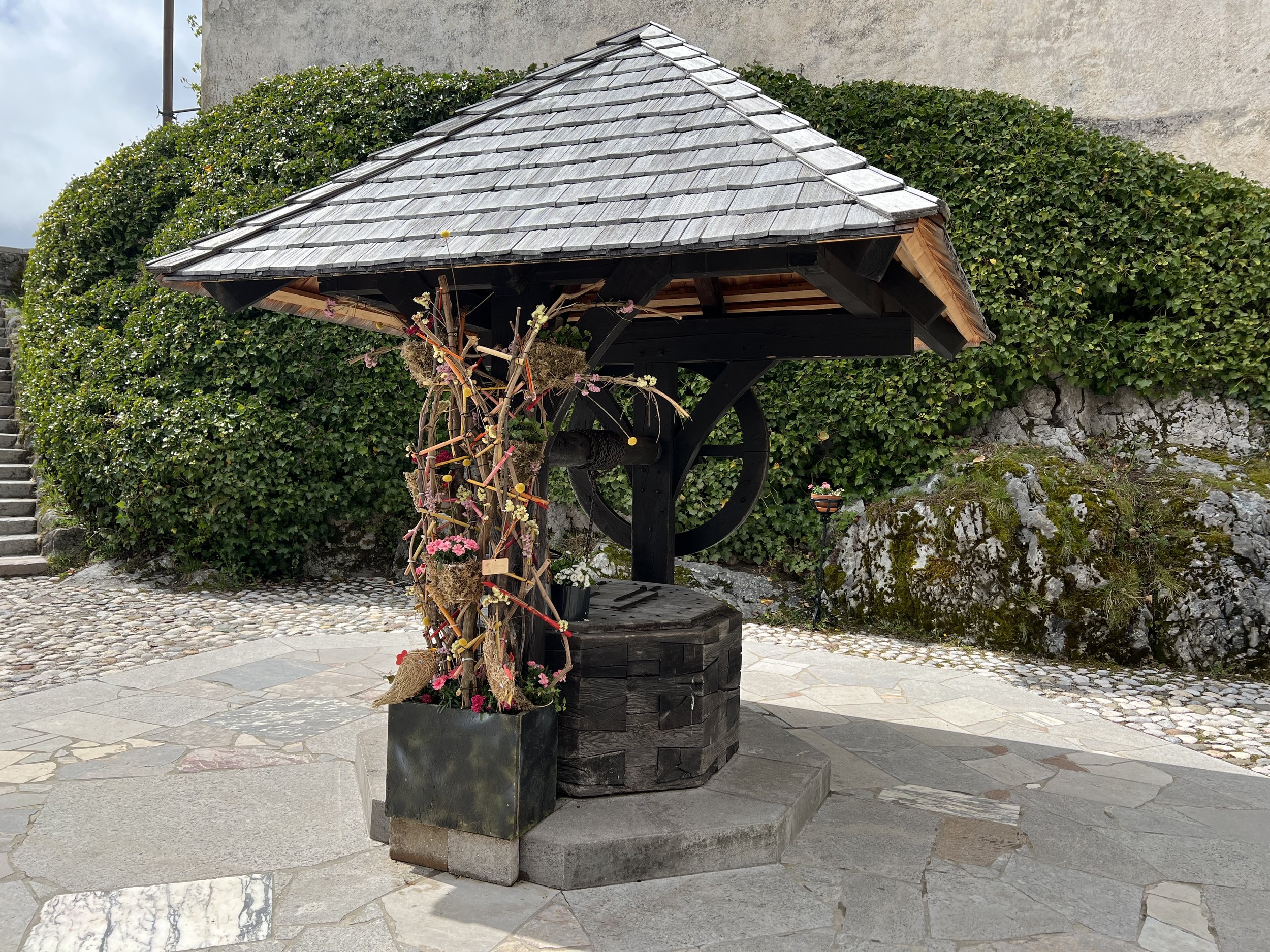
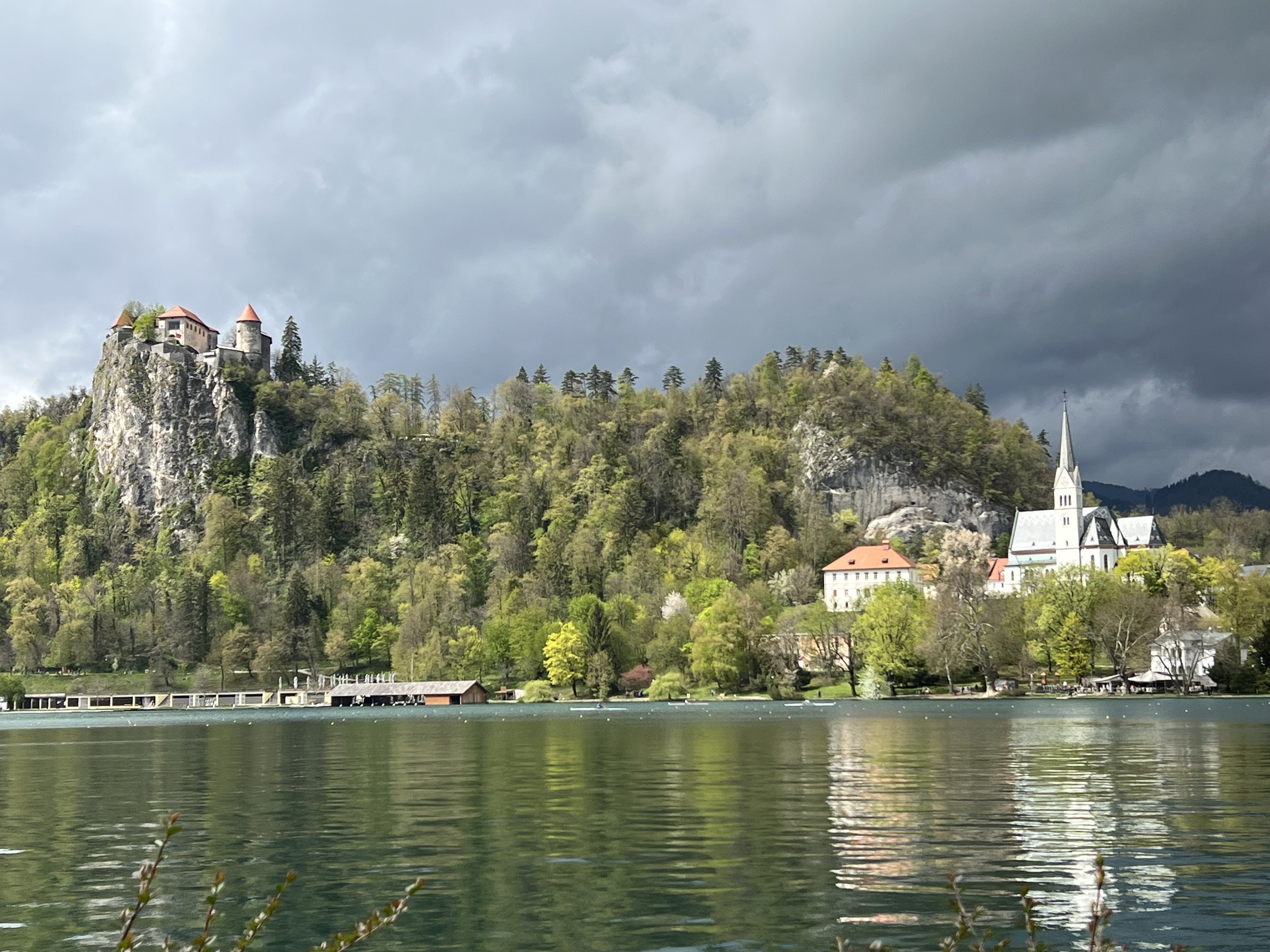
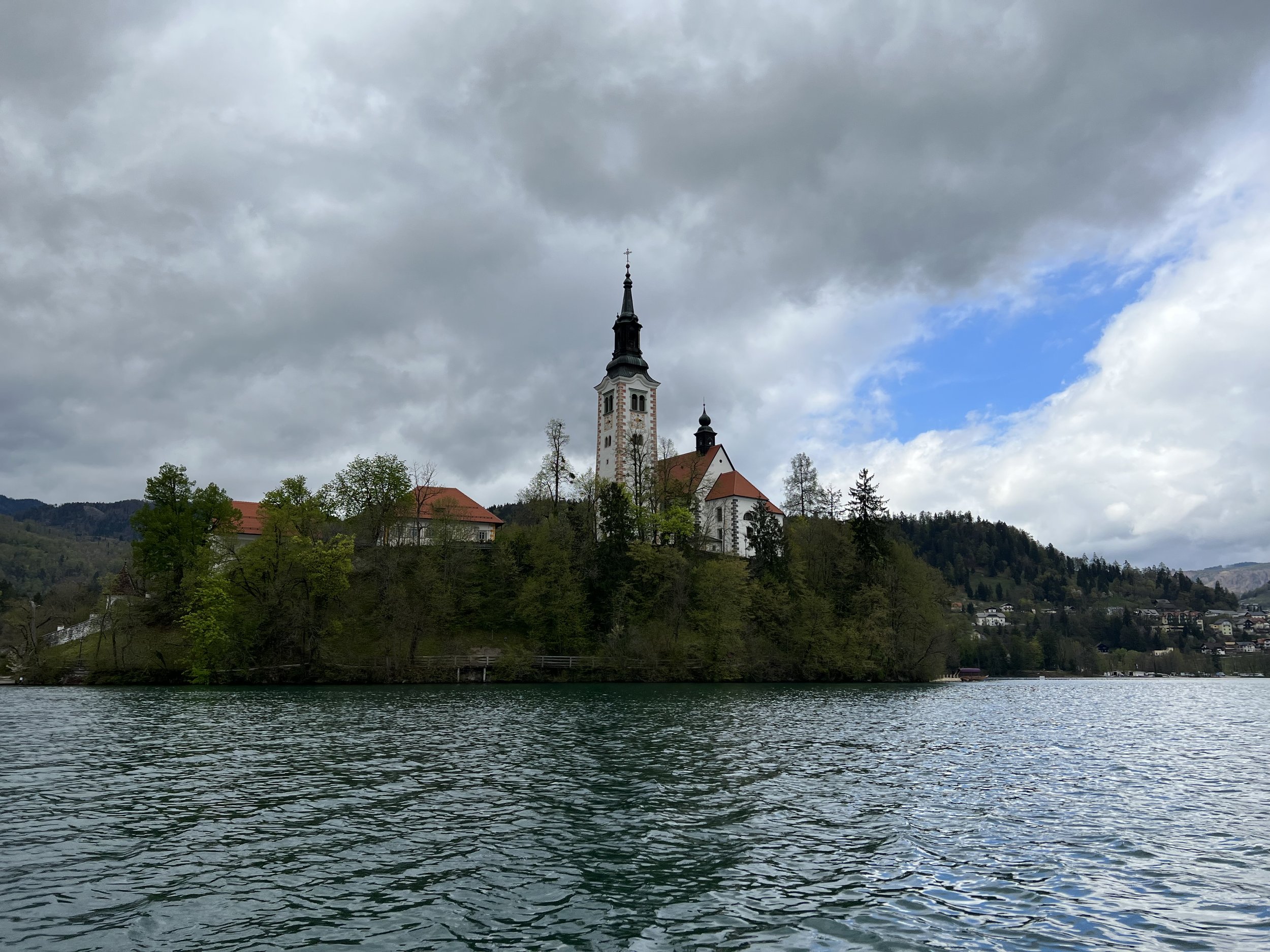
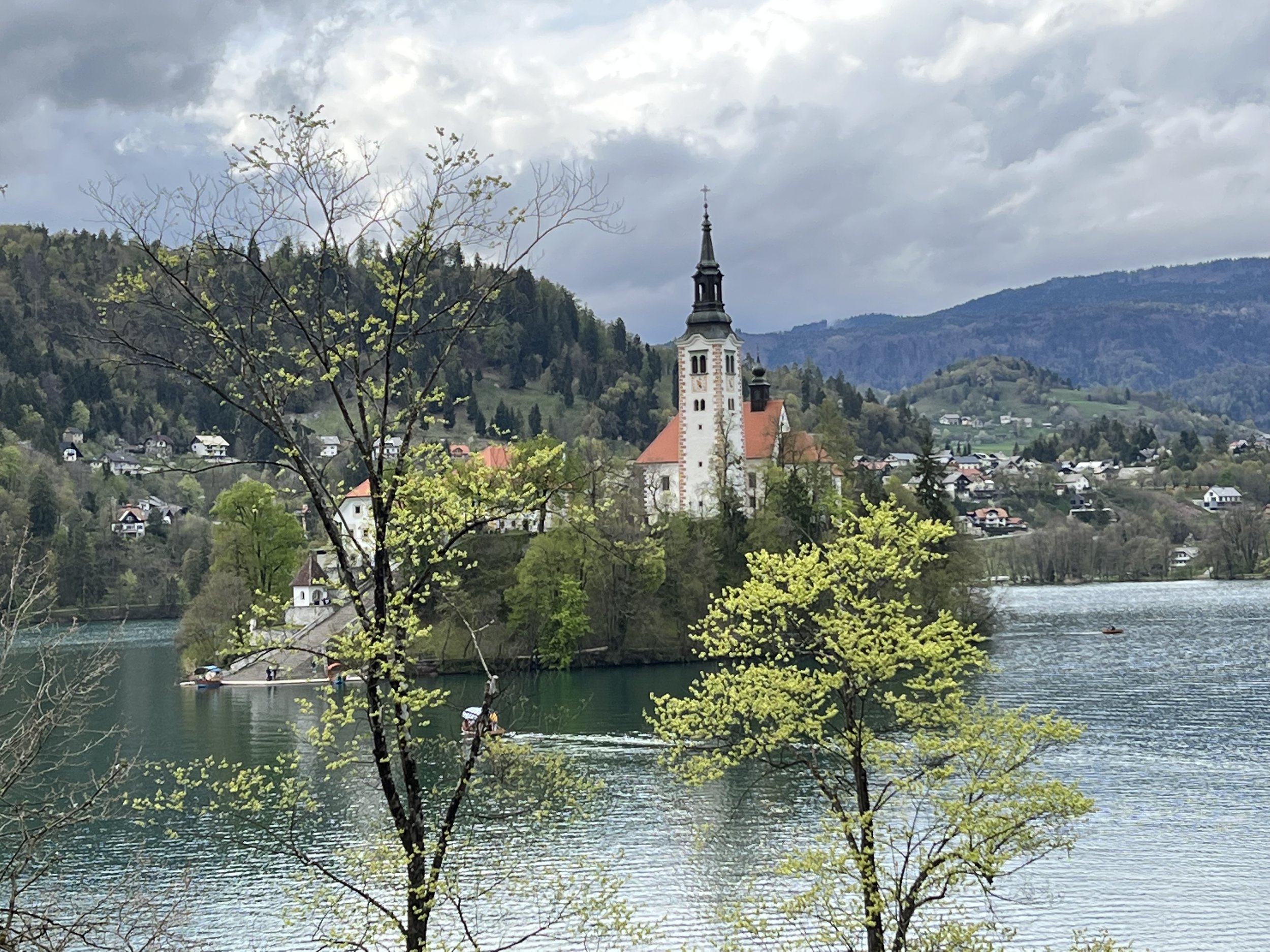
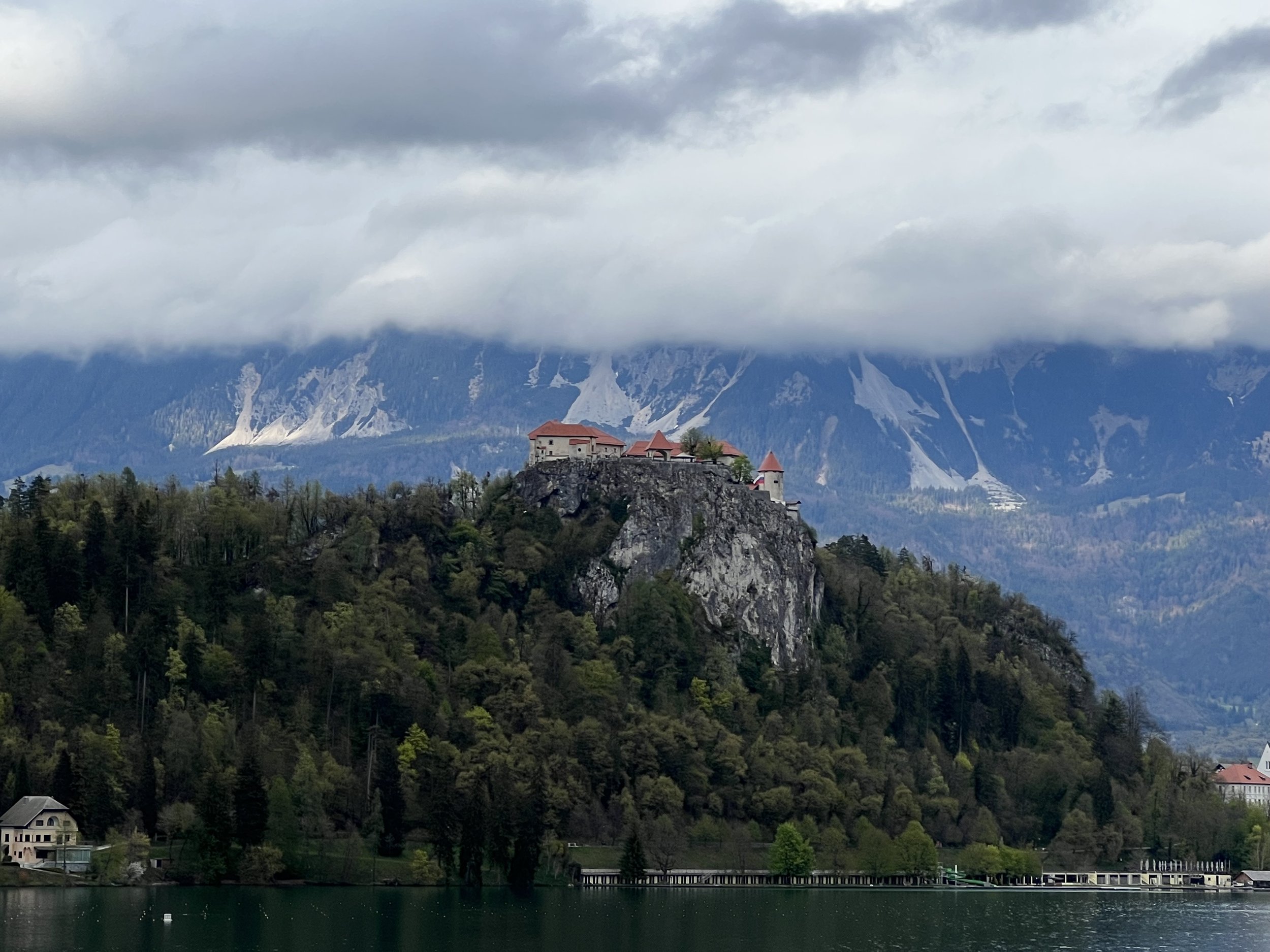

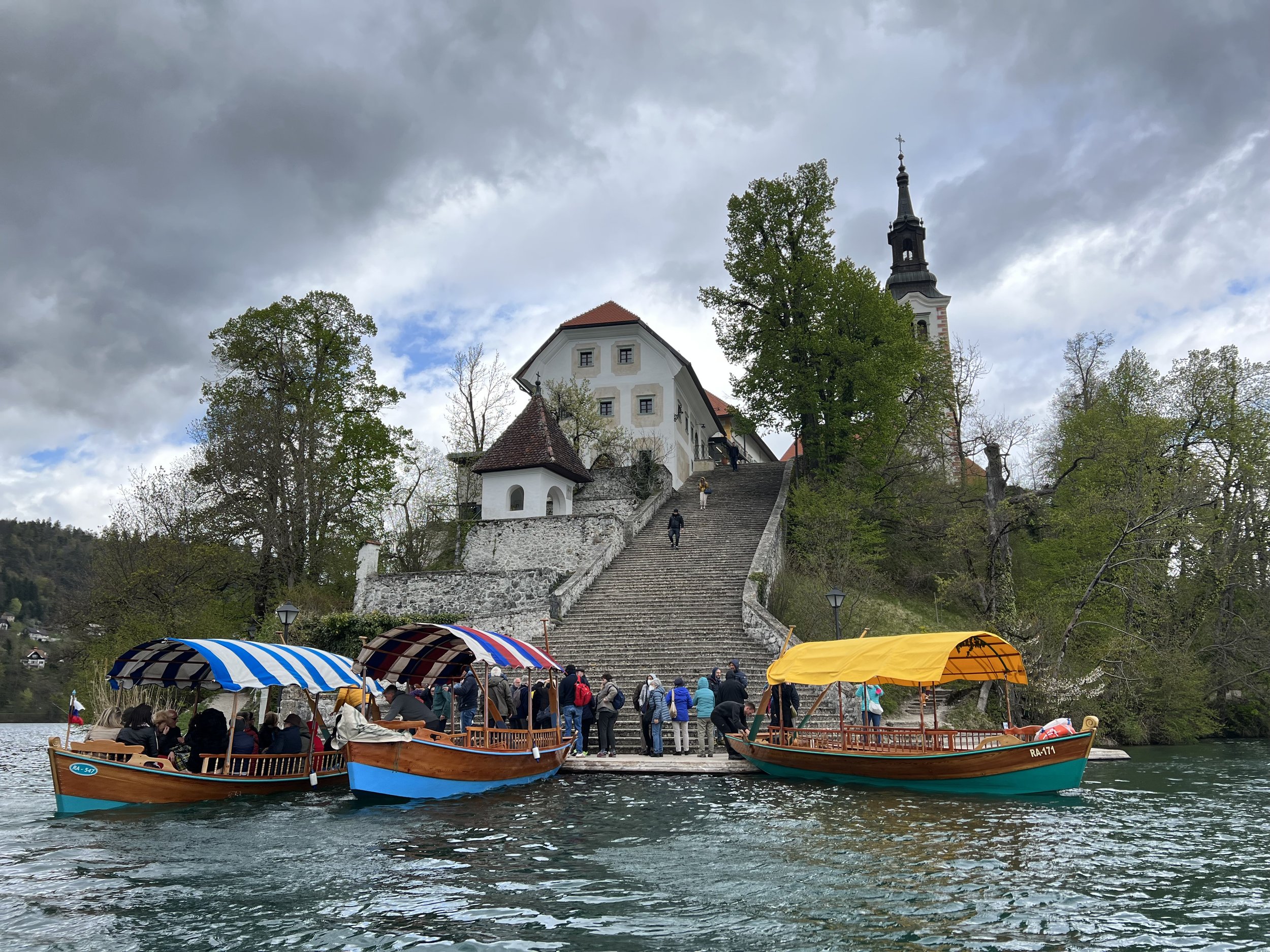
Lake Plitvice
One of the oldest and largest national parks in Croatia. Currently a UNESCO world heritage site due to its beautiful series of tufa lakes and caves connected by waterfalls. Hiking and boat tour around the national park is also available.
Zagreb
Zagreb is the capital and the largest city of Croatia. The city has interesting history that dates back to Roman settlements.
Split & Hvar
Split is the second largest city in Croatia and the main connection to island cities such as Hvar. Split is truly the crown of the Adroit Sea.
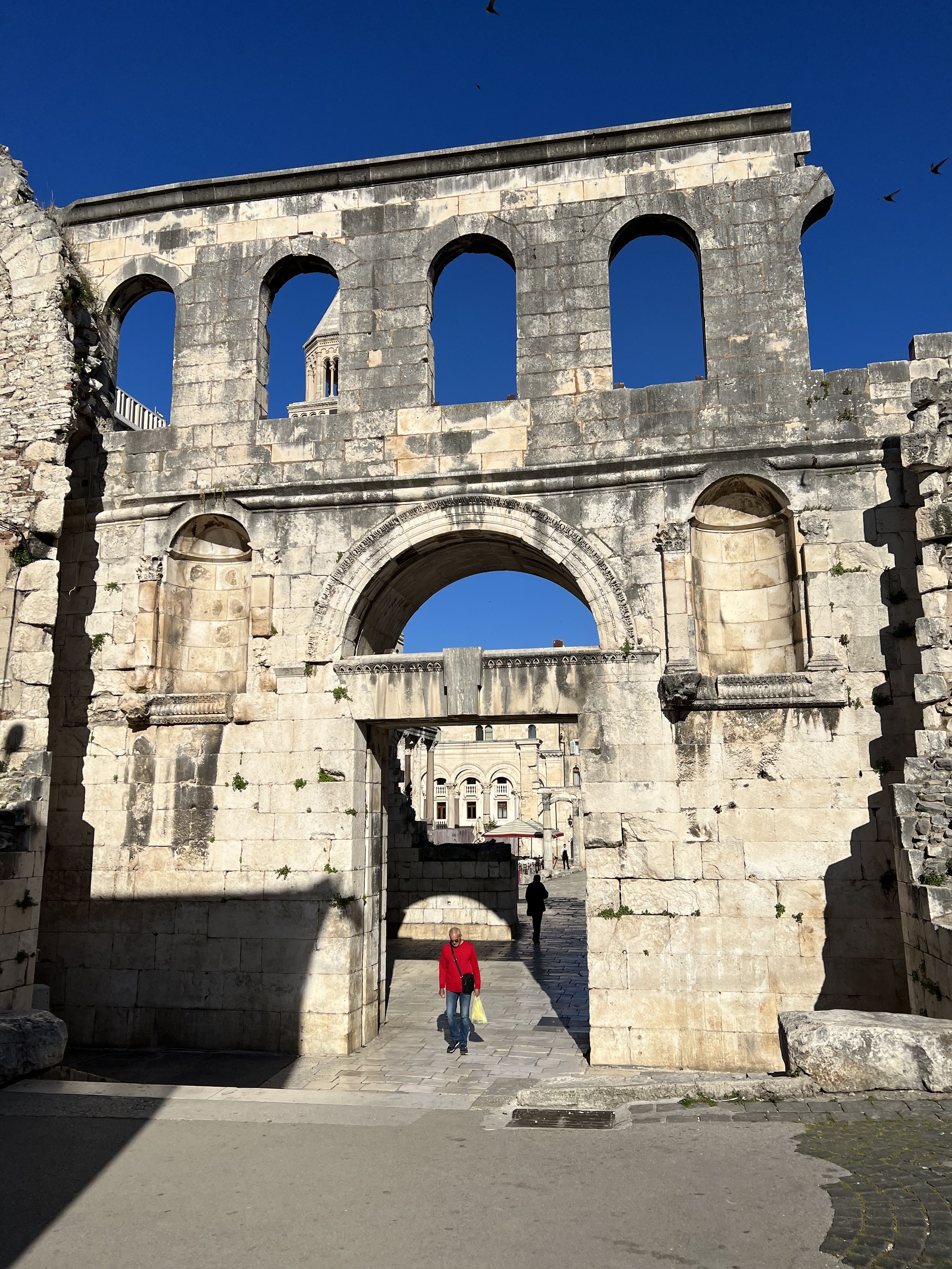
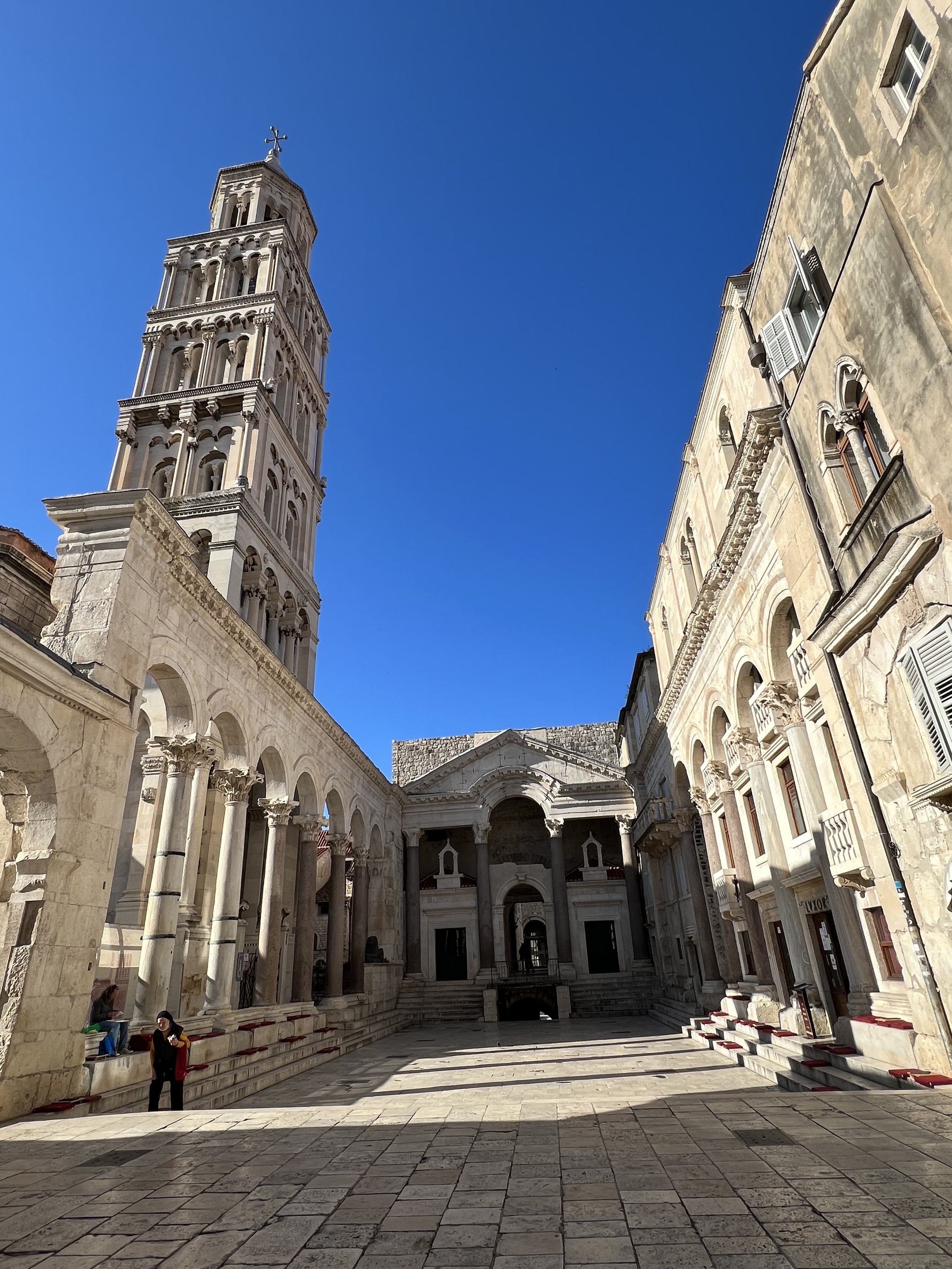
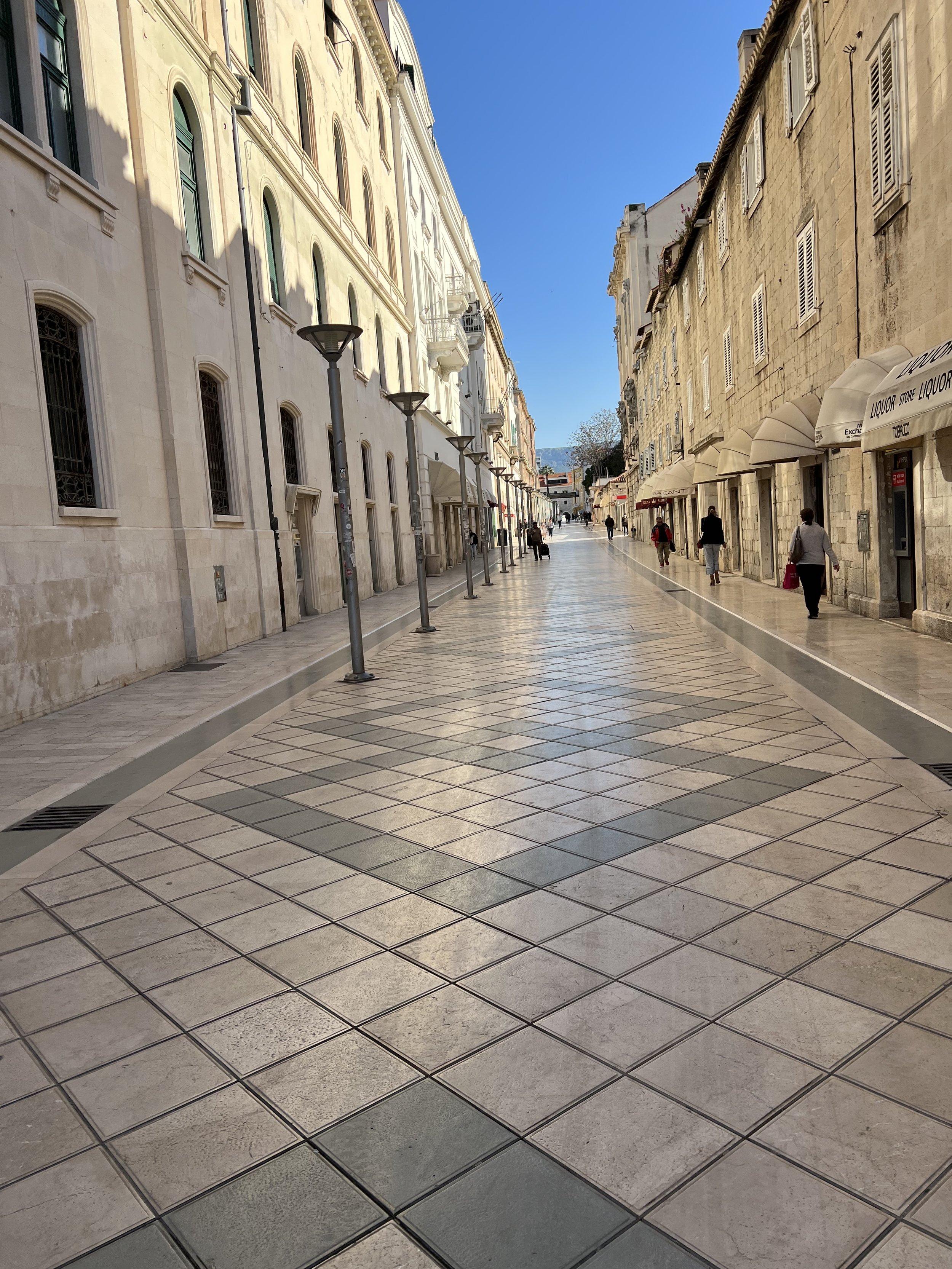

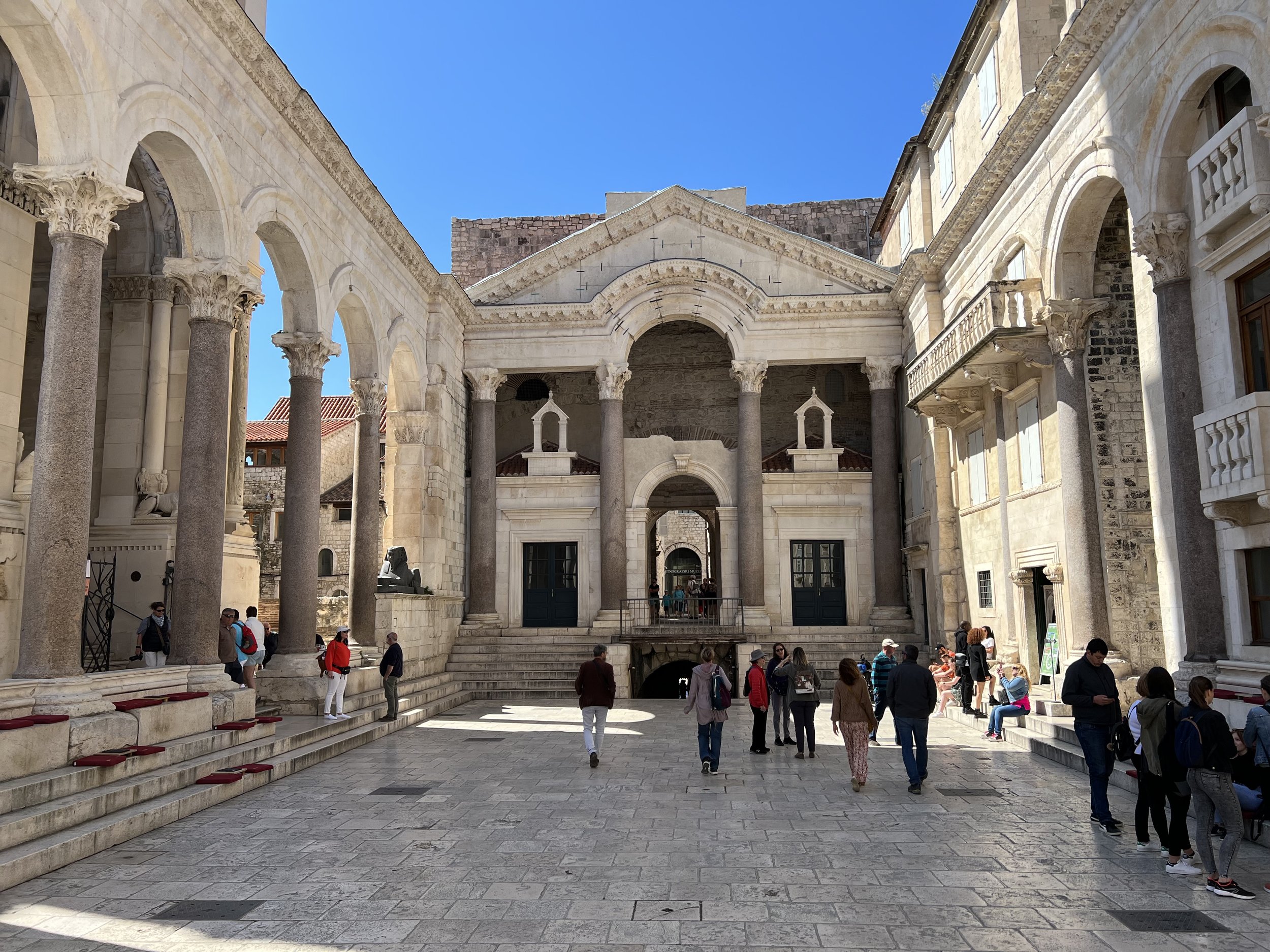
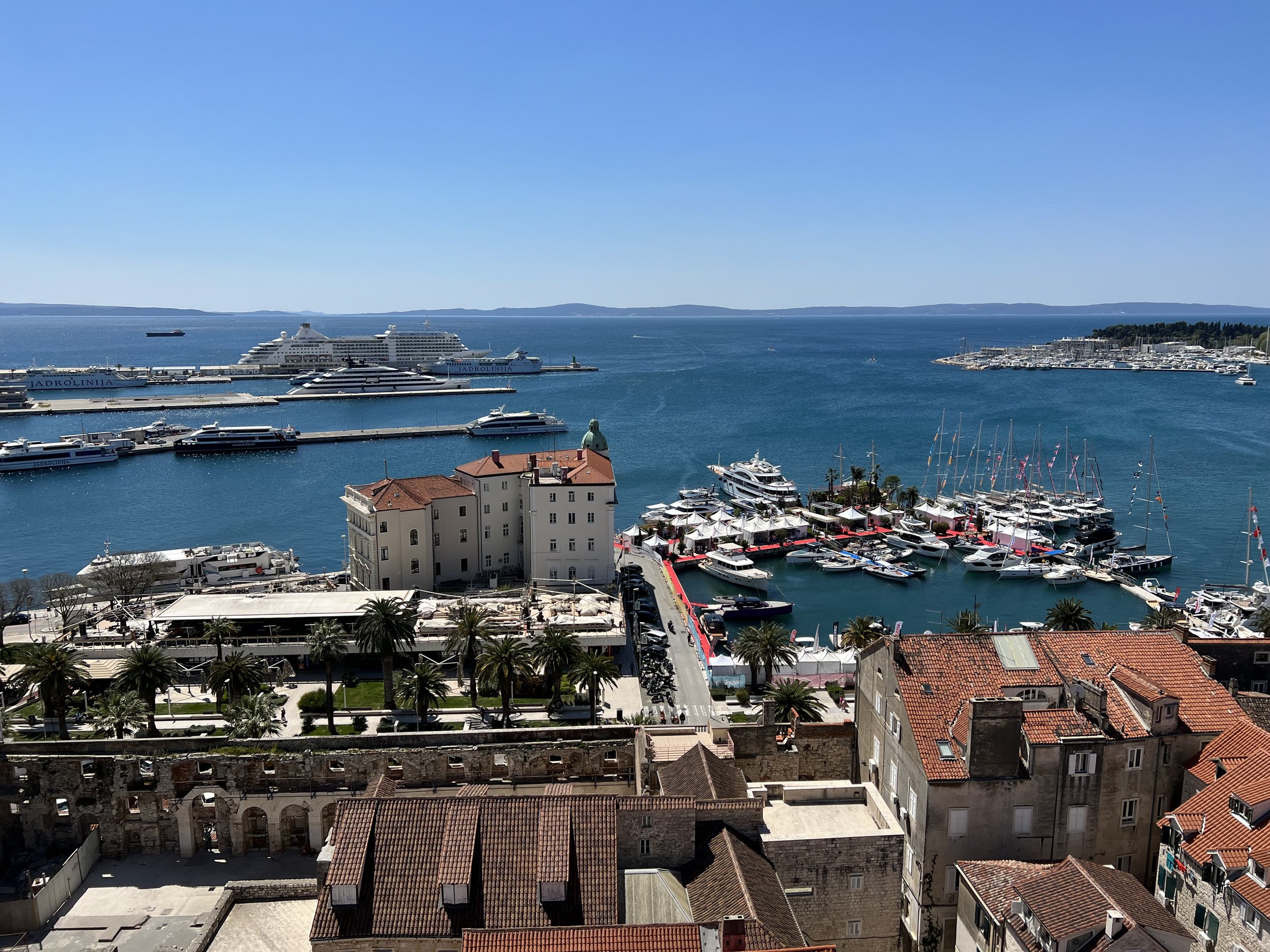
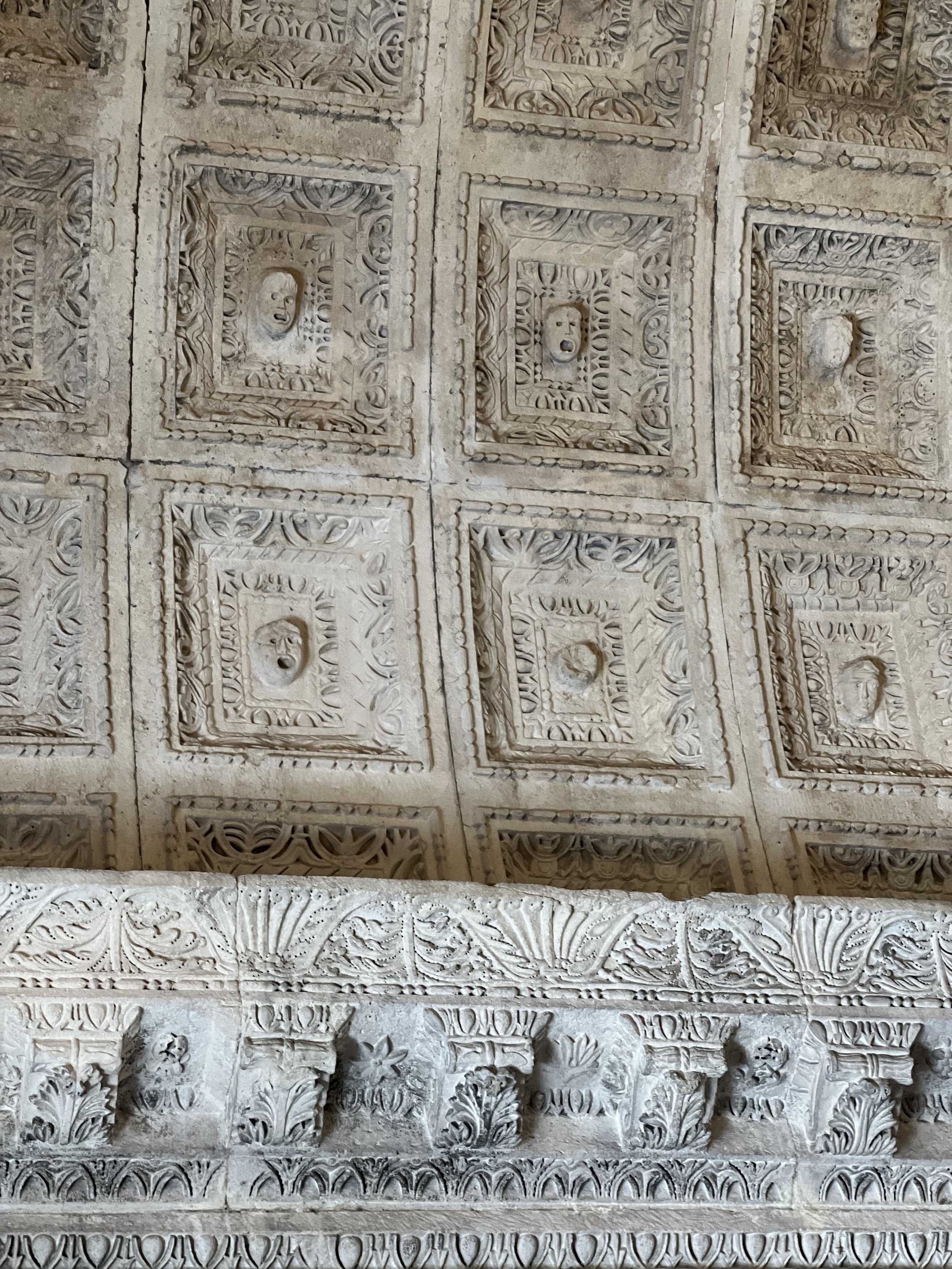
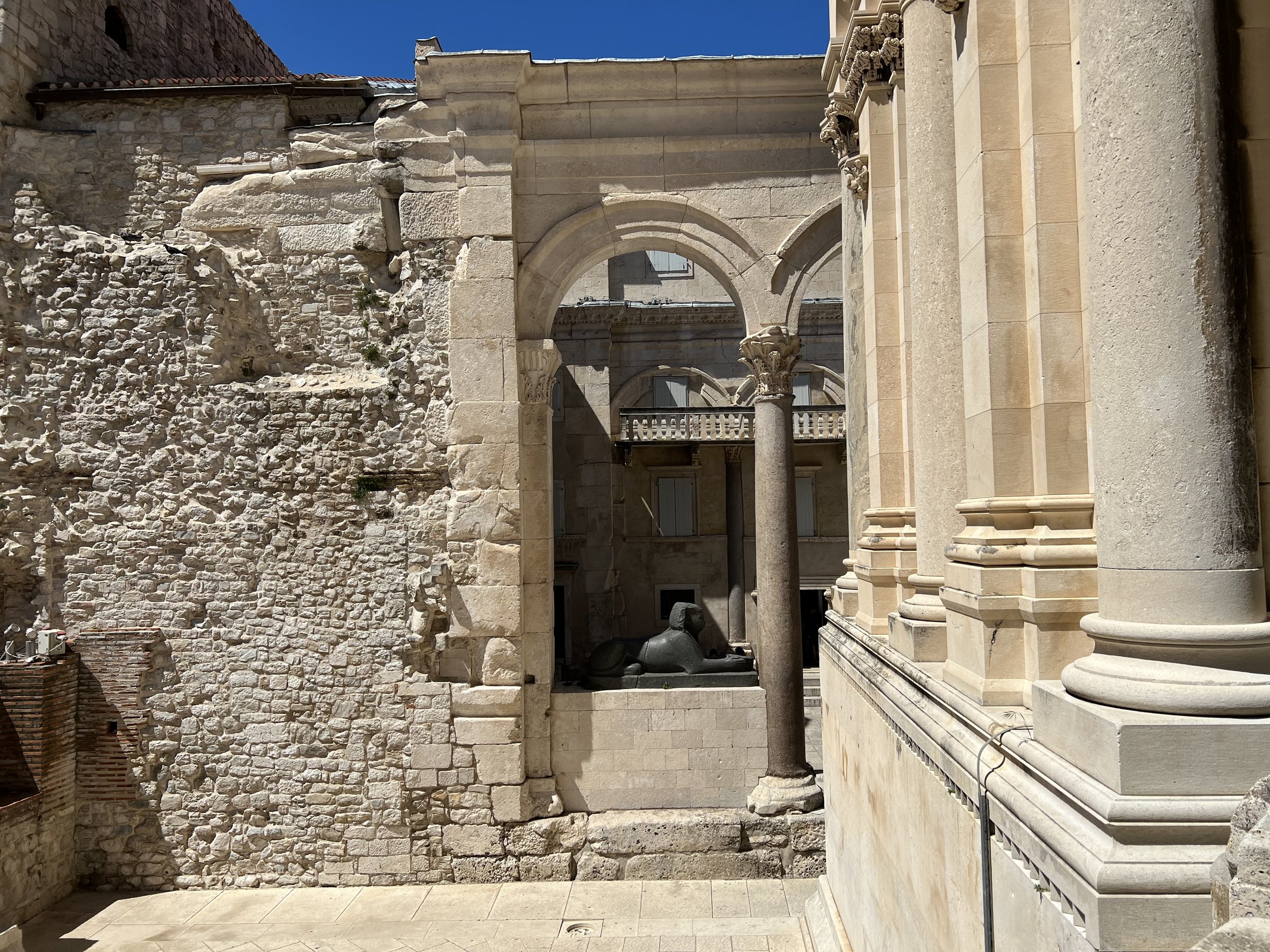
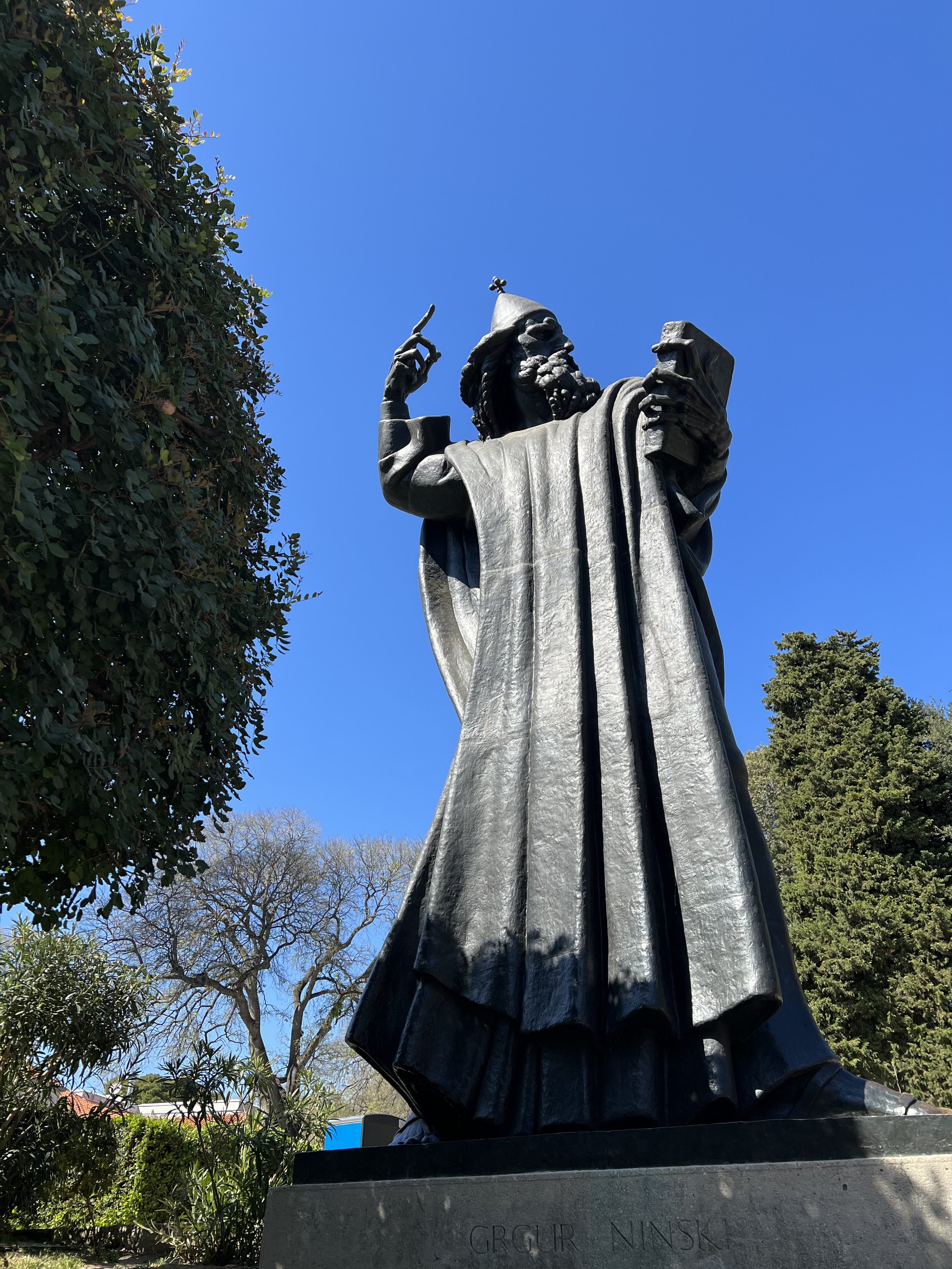
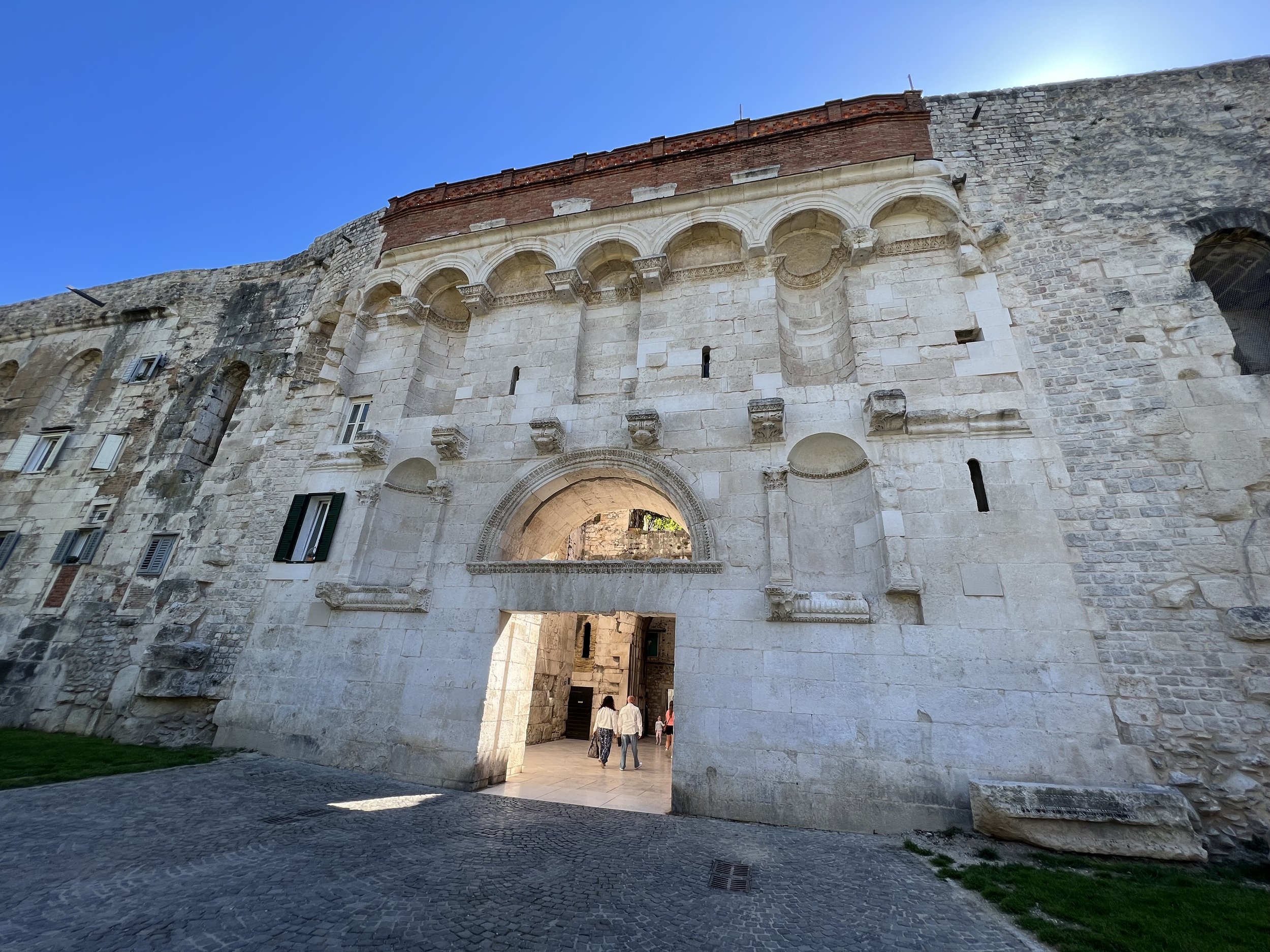
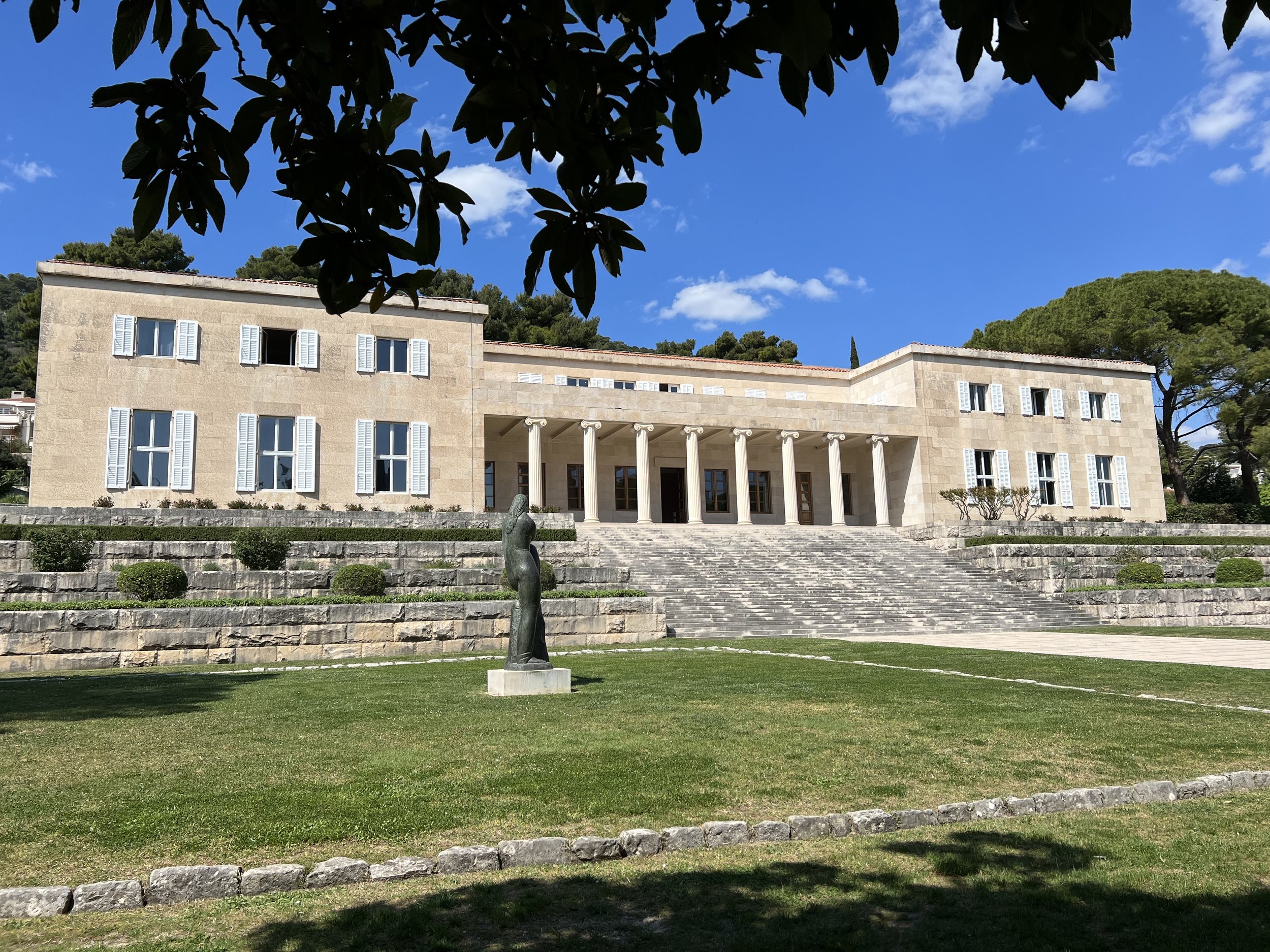
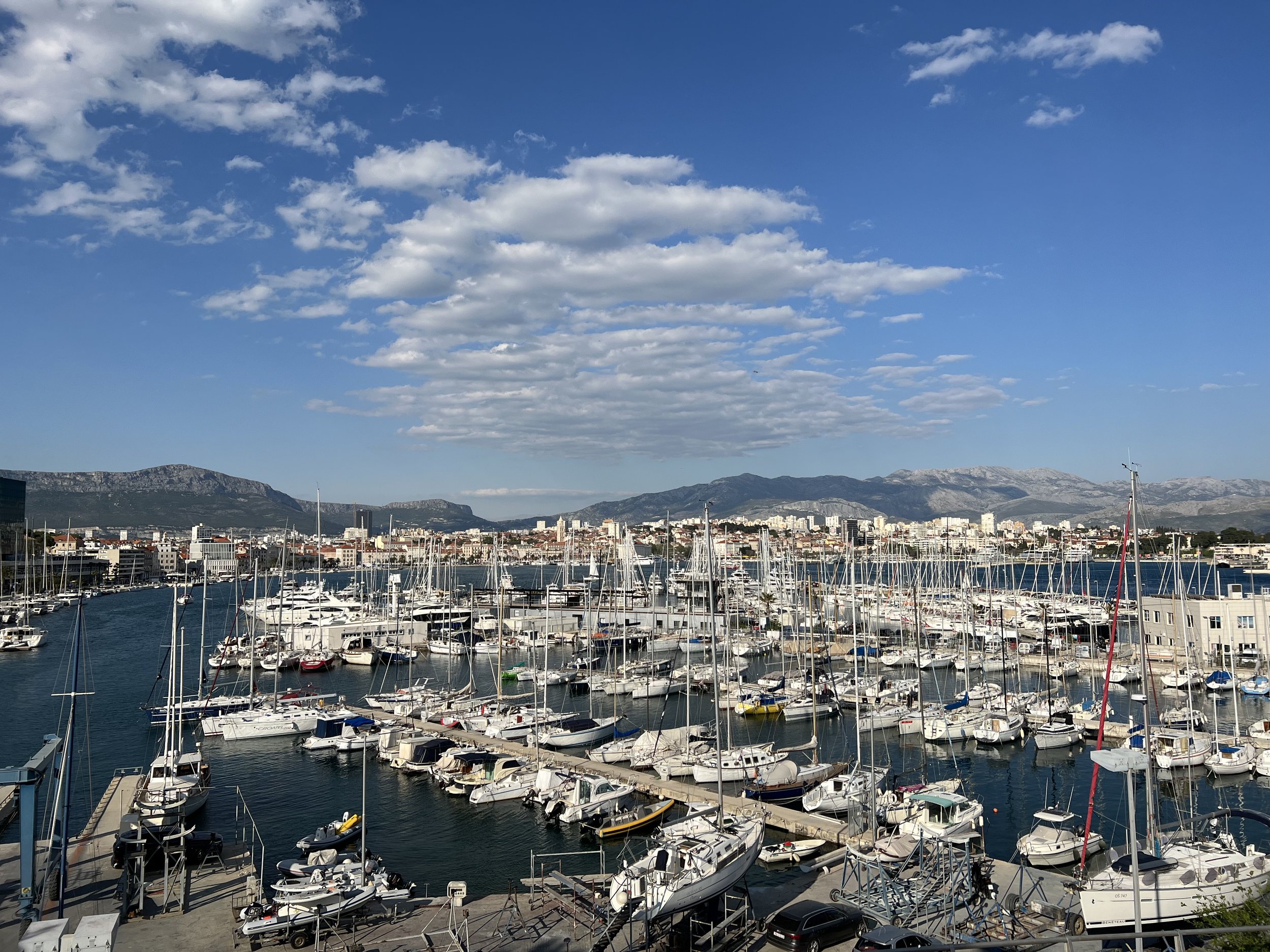

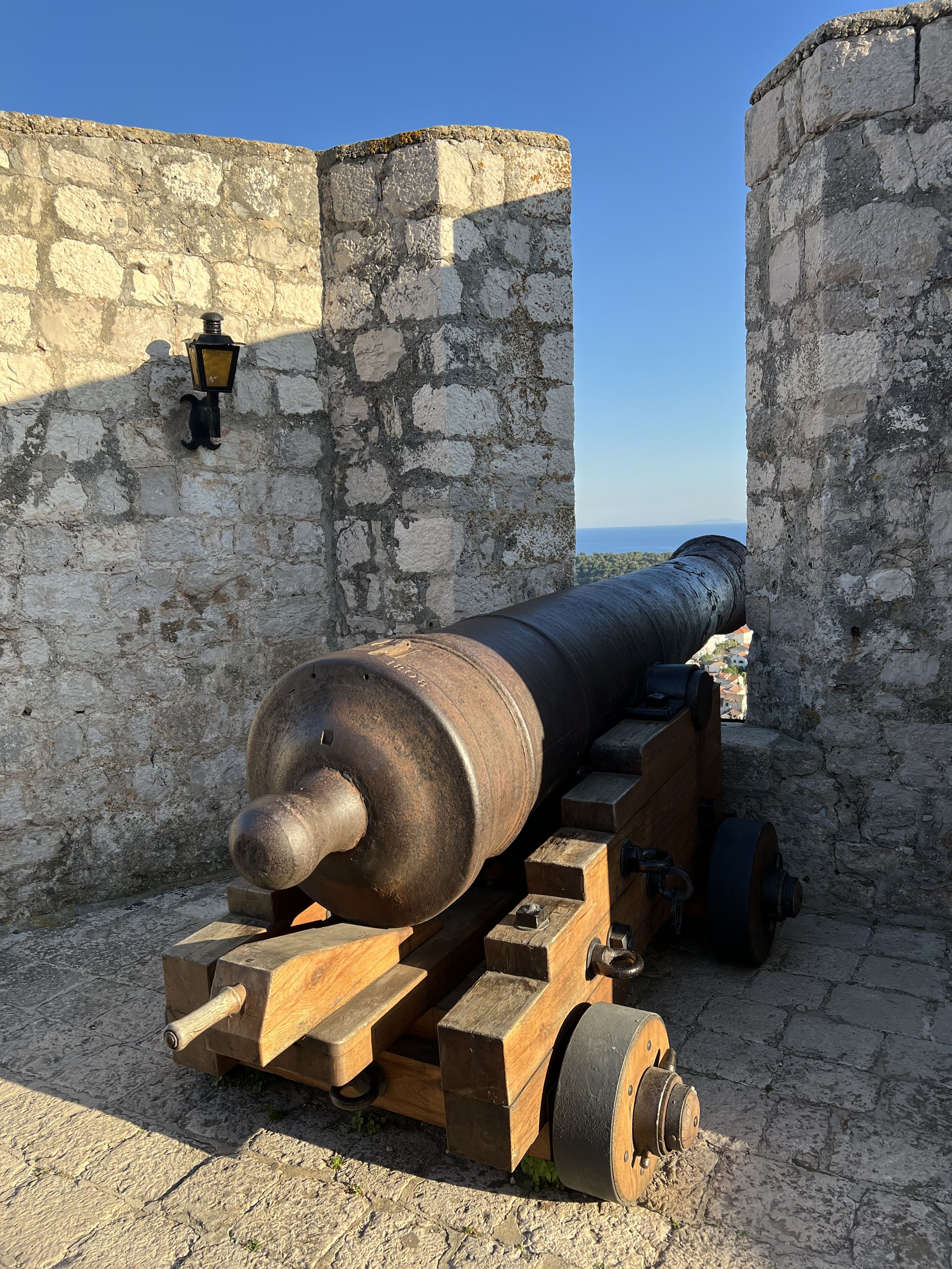
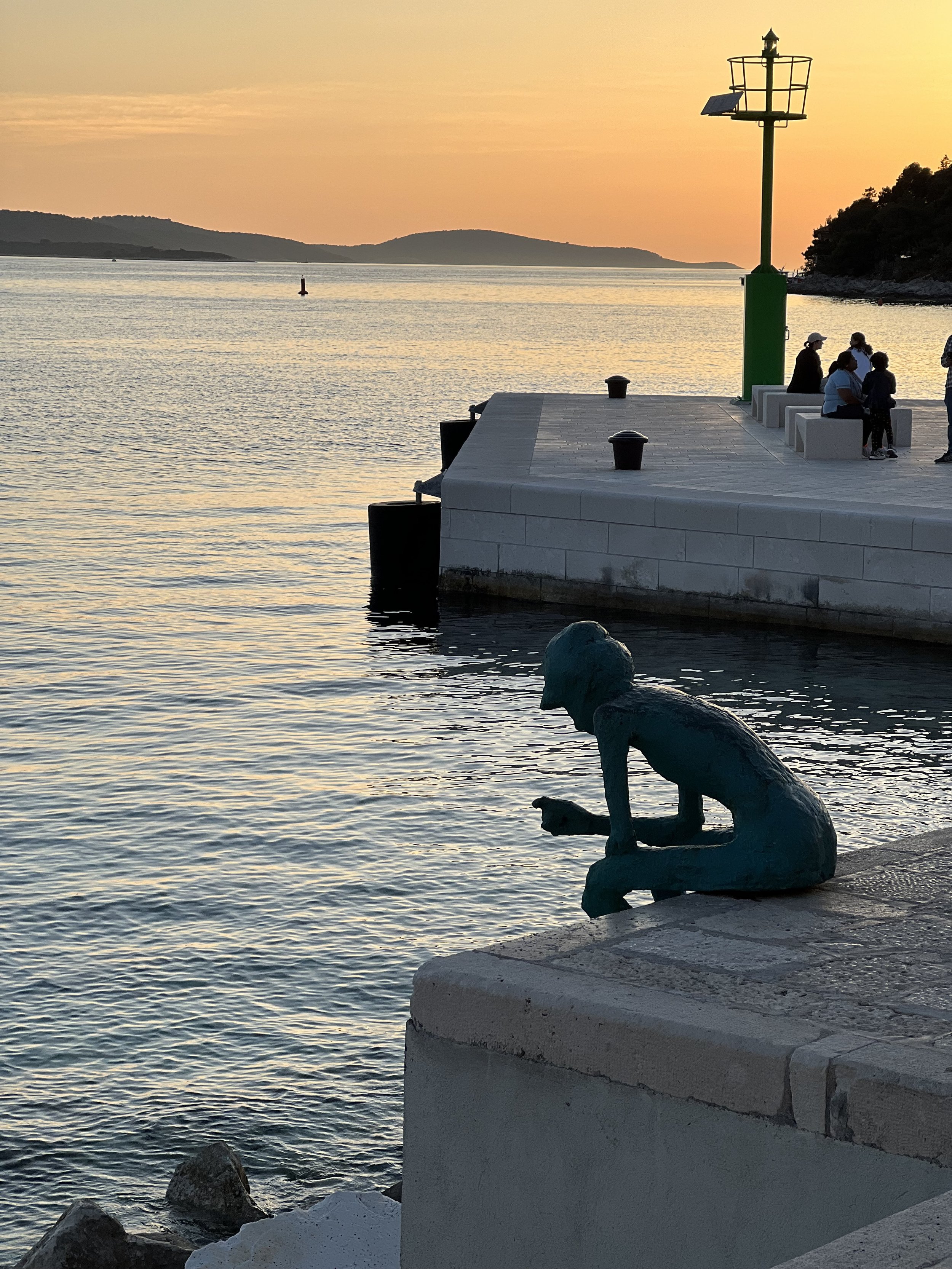
Transportation
Recommend taking the bus across cities. They are very accessible and on-time.


